The Fascinating History of Ironstone Mining Along the Rosedale Railway
Rosedale Railway Background and History
The Rosedale Railway in North Yorkshire played a significant role in the region’s ironstone mining industry during the 19th century. Spanning 19.5 miles, this goods-only railway line connected Battersby Junction to the remote Rosedale valley, where iron ore deposits were abundant. Originally opened as a narrow gauge railway to Ingleby Incline top in 1858, it was later converted to standard gauge and extended to Rosedale West in 1861. The railway ultimately closed in 1929. Today, the former trackbeds serve as popular walking and cycling routes, allowing visitors to explore the area’s rich industrial past.
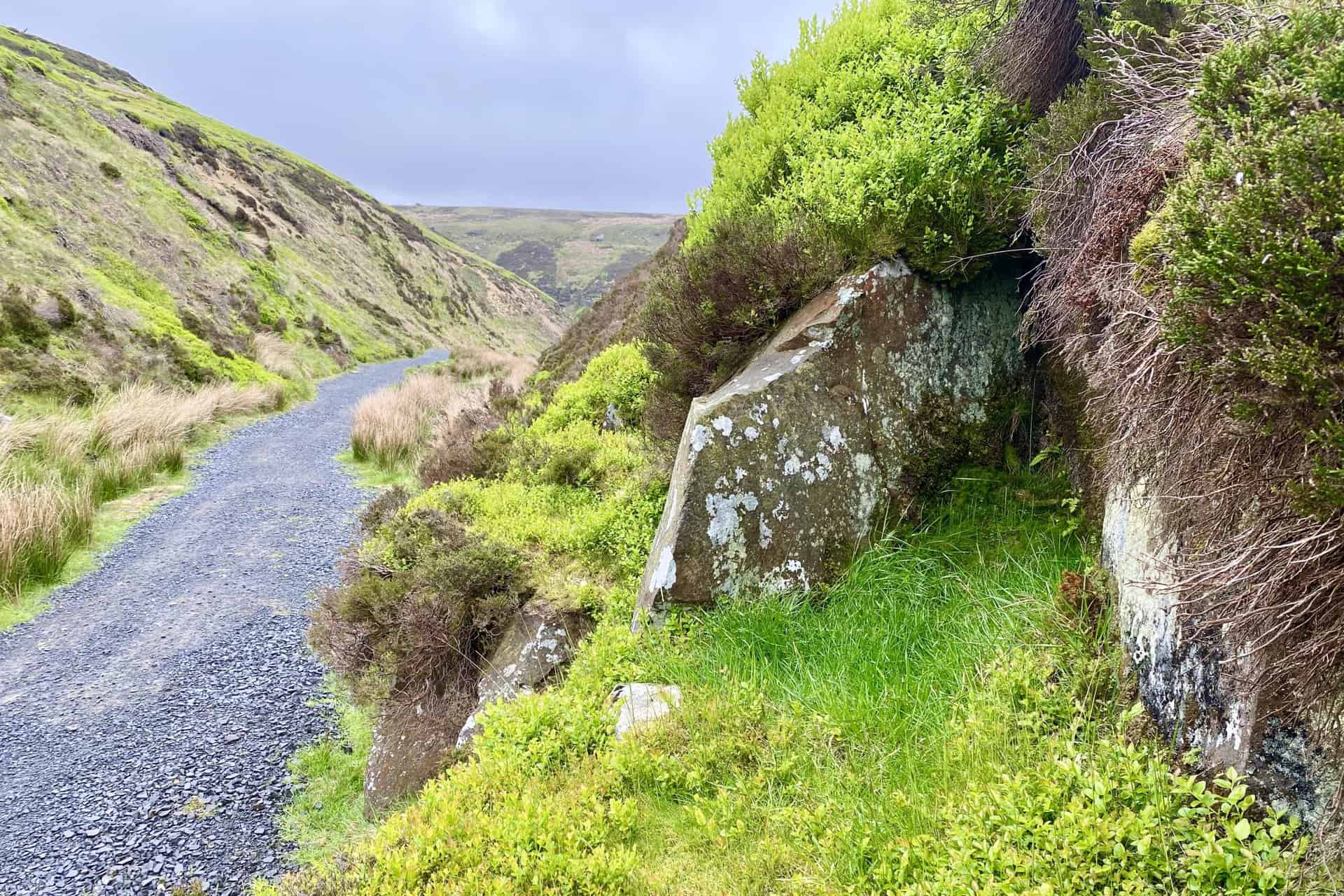
Connection to the Industrial Revolution
During the industrial revolution, the landscape of Rosedale underwent a dramatic transformation. The opening of the Whitby and Pickering Railway in 1835 marked the beginning of a century of rapid growth in ironstone mining in the region. As a result, pioneering railway construction took place, connecting the remote valleys of Rosedale to Teesside and the wider world. The calcining kilns at Rosedale Bank Top and Rosedale East were essential in processing the ironstone and making it more economically viable. The Rosedale Railway played a crucial role in transporting this valuable resource out of the North York Moors for iron and steel manufacturing, contributing to the industrial revolution’s progress.
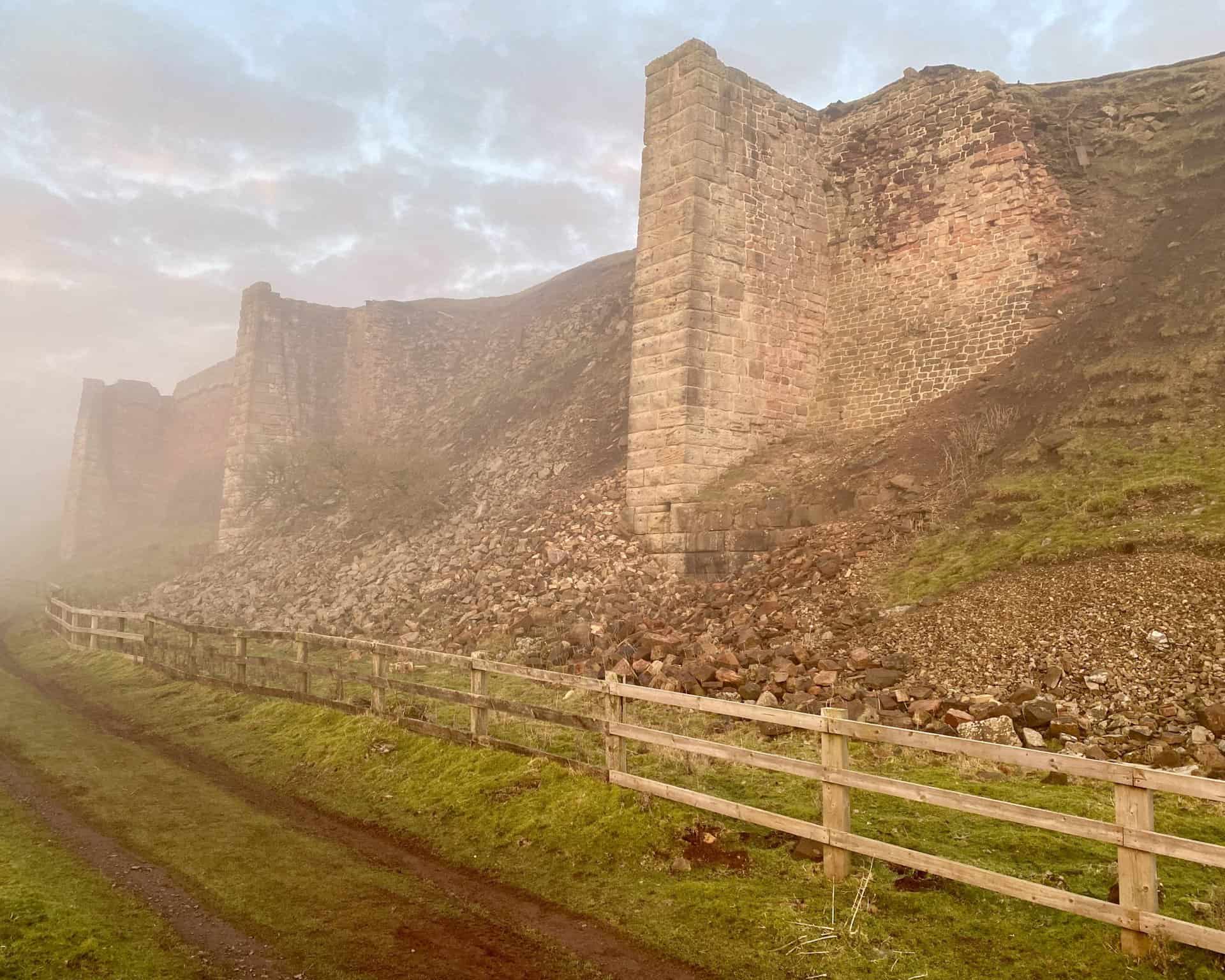
Construction and Development of Rosedale Railway
Initial Narrow Gauge Line and Ingleby Incline
In 1858, The Ingleby Ironstone & Freestone Mining Company built a narrow gauge line to connect existing mining operations with the North Yorkshire and Cleveland Railway at Battersby, then known as Ingleby Junction. To overcome the height difference between Battersby Railway Station and the moorland mining sites, a steep 1 in 5 incline was constructed at Ingleby. This innovative solution enabled trucks to be hauled up the slope to a height of 370 metres (1200 feet) above sea level using the weight of descending full wagons.
Expansion and Standard Gauge Conversion
Following the absorption of the North Yorkshire and Cleveland Railway into the North Eastern Railway (NER) in 1859, the NER decided to convert the line to standard gauge and extend it by 10 miles from the top of the incline to Rosedale West. This expansion, completed on 27 March 1861 at a cost of £24,500, facilitated access to additional ironstone mining operations in the area.
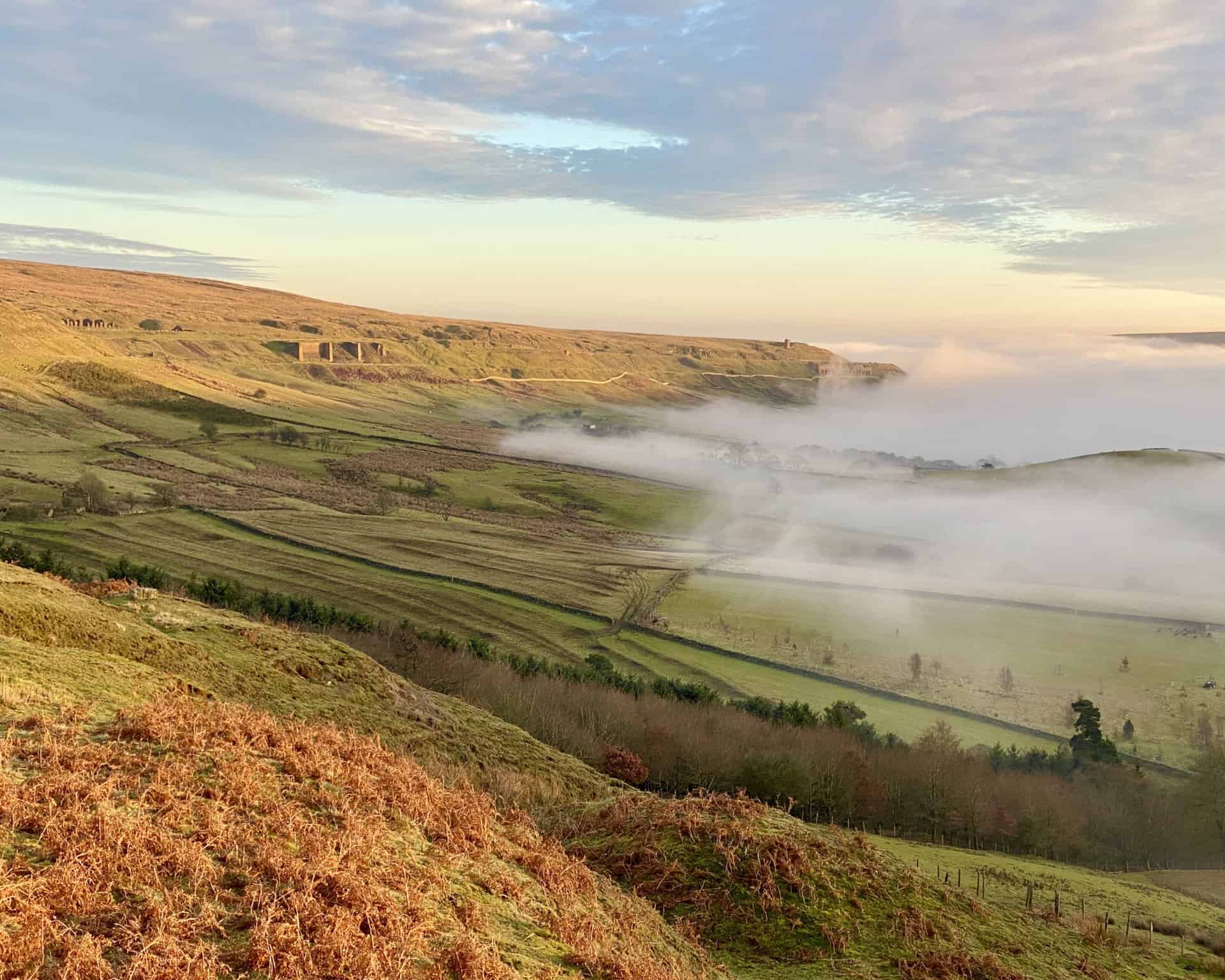
Rosedale Railway East and West Branches
In response to the commencement of mining on the east side of Rosedale valley, an additional branch line was constructed, connecting Blakey Junction to the new mining sites. While the railway company initiated the project, the NER completed the line, which opened for traffic in August 1865. The branch to the east mines dropped consistently at a gradient of 1 in 50, following the hillside’s contours all the way from Blakey to Rosedale East.
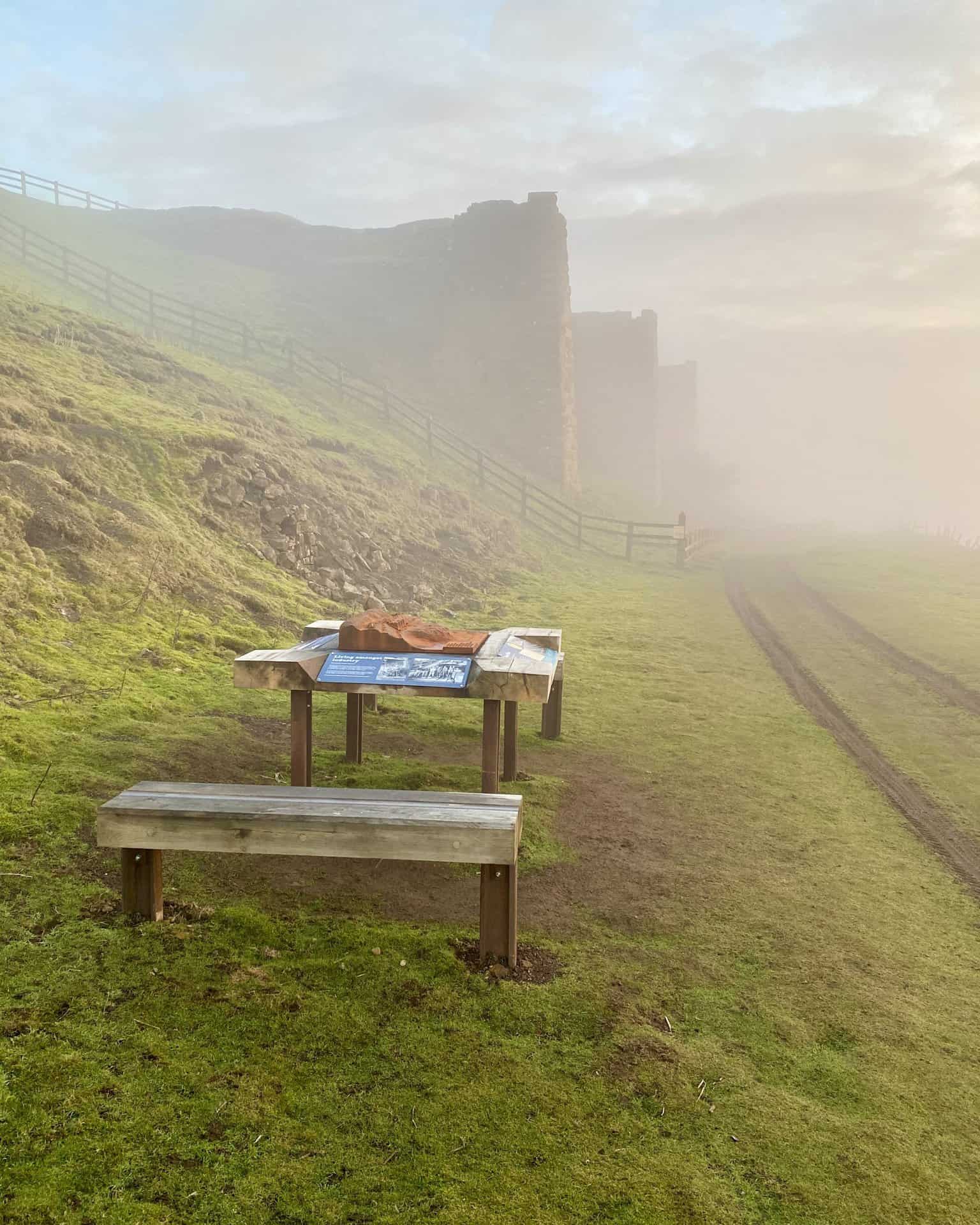
Rosedale Railway Operations and Production
Peak Production In 1873
Rosedale Railway reached its peak production in 1873, transporting an impressive 560,000 tons of ironstone from the mines. During this period, the railway played a crucial role in supporting the thriving iron ore trade in the region. Consequently, Rosedale became a significant player in the British iron industry, contributing to the nation’s industrial growth.
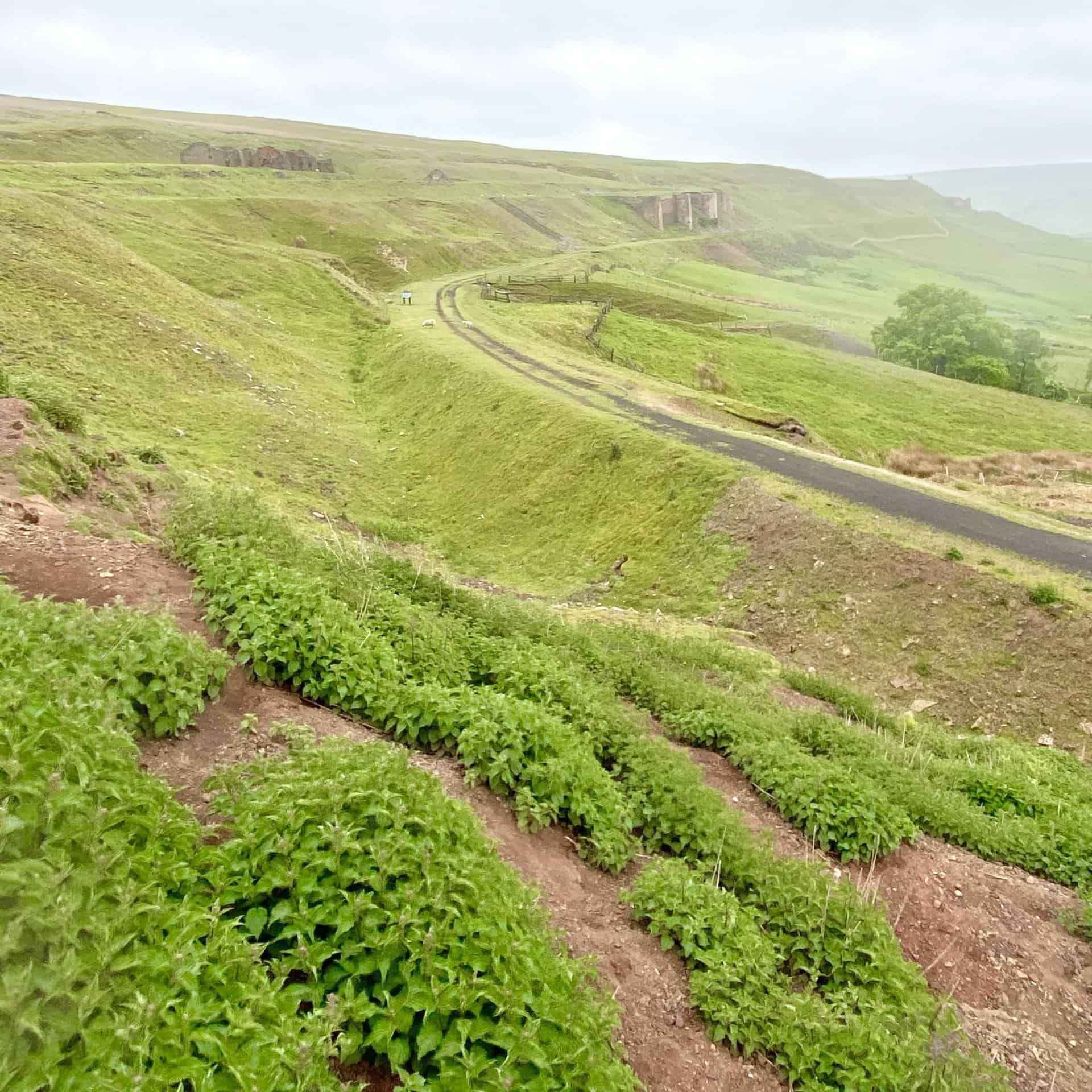
Focus on Iron Ore Trade
Primarily, the Rosedale Railway concentrated on the iron ore trade, facilitating the transport of ironstone from the mines to the blast furnaces in the Teesside area. The railway’s existence was closely tied to the success of this trade, as it enabled the efficient extraction and distribution of ironstone from the Rosedale mines.
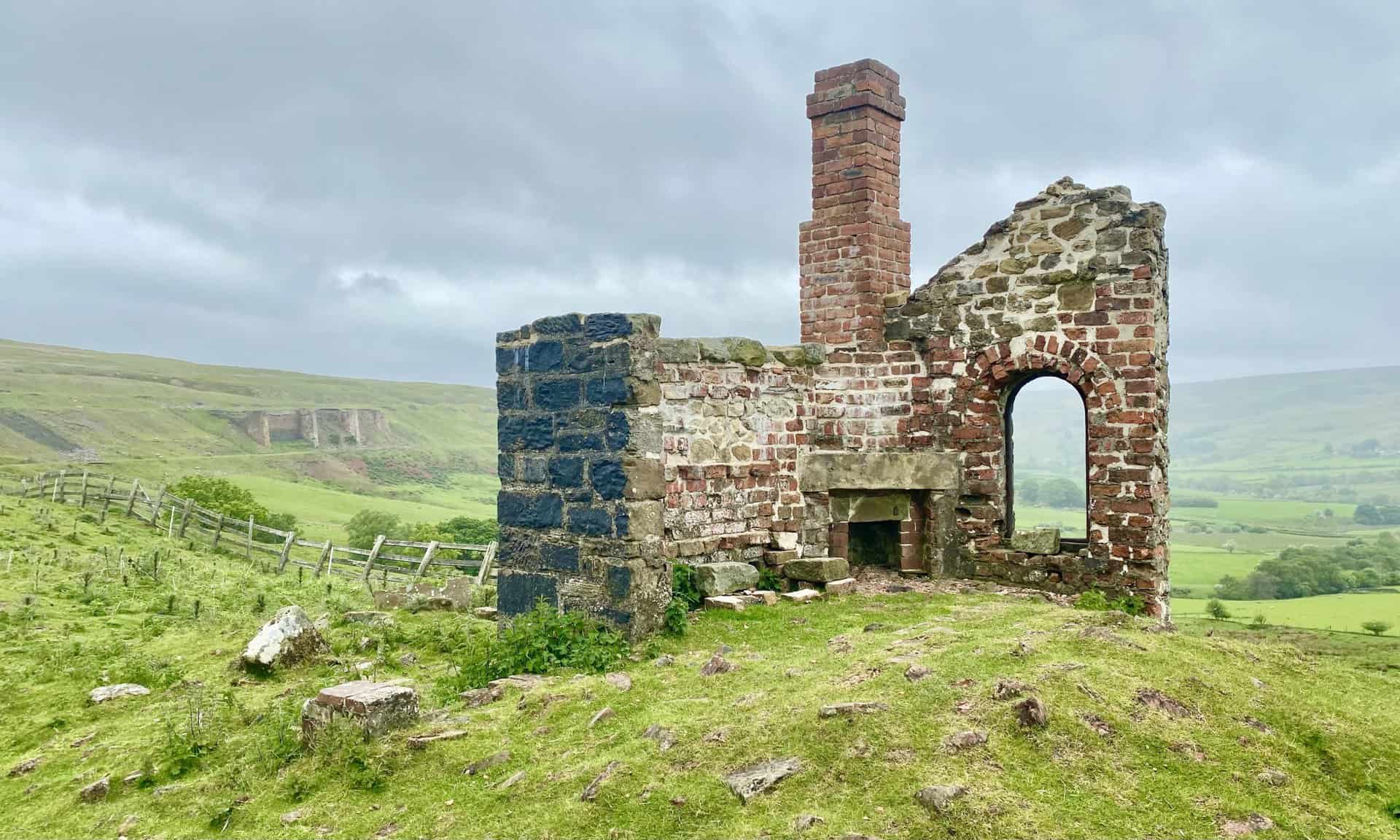
Rosedale Railway Limited Passenger Services
Despite its primary focus on the iron ore trade, Rosedale Railway also offered limited passenger services. For instance, the railway accommodated miners travelling to and from the mines. However, passenger services remained scarce due to the railway’s main purpose and the sparse population in the surrounding areas.
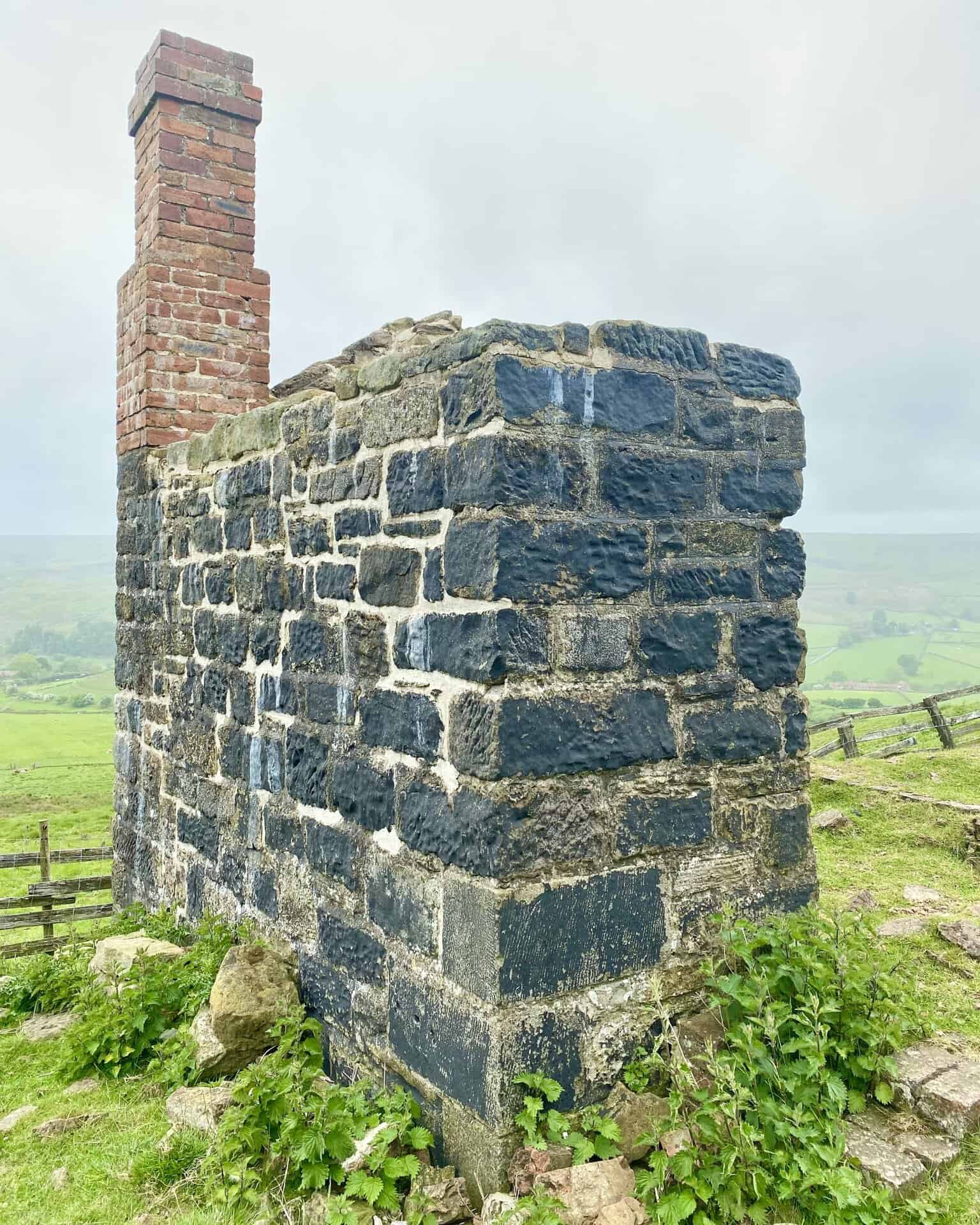
Signalling and Staff and Ticket System
To maintain safe operations, the Rosedale Railway implemented a signalling system, dividing the line into three single-line ‘Staff and Ticket’ sections. This system ensured that only one train was permitted on any section of the line at a time. The staff and ticket method played a crucial role in avoiding collisions and maintaining an orderly flow of traffic along the railway.
Engine Sheds and Locomotives
Two engine sheds were built to support the railway’s operations – one at Rosedale West and the other at Battersby Junction. The railway initially employed NER 1001 Class locomotives, which were eventually replaced by NER Class P. These steam engines were essential for hauling the ironstone-filled wagons up and down the steep gradients of the line.
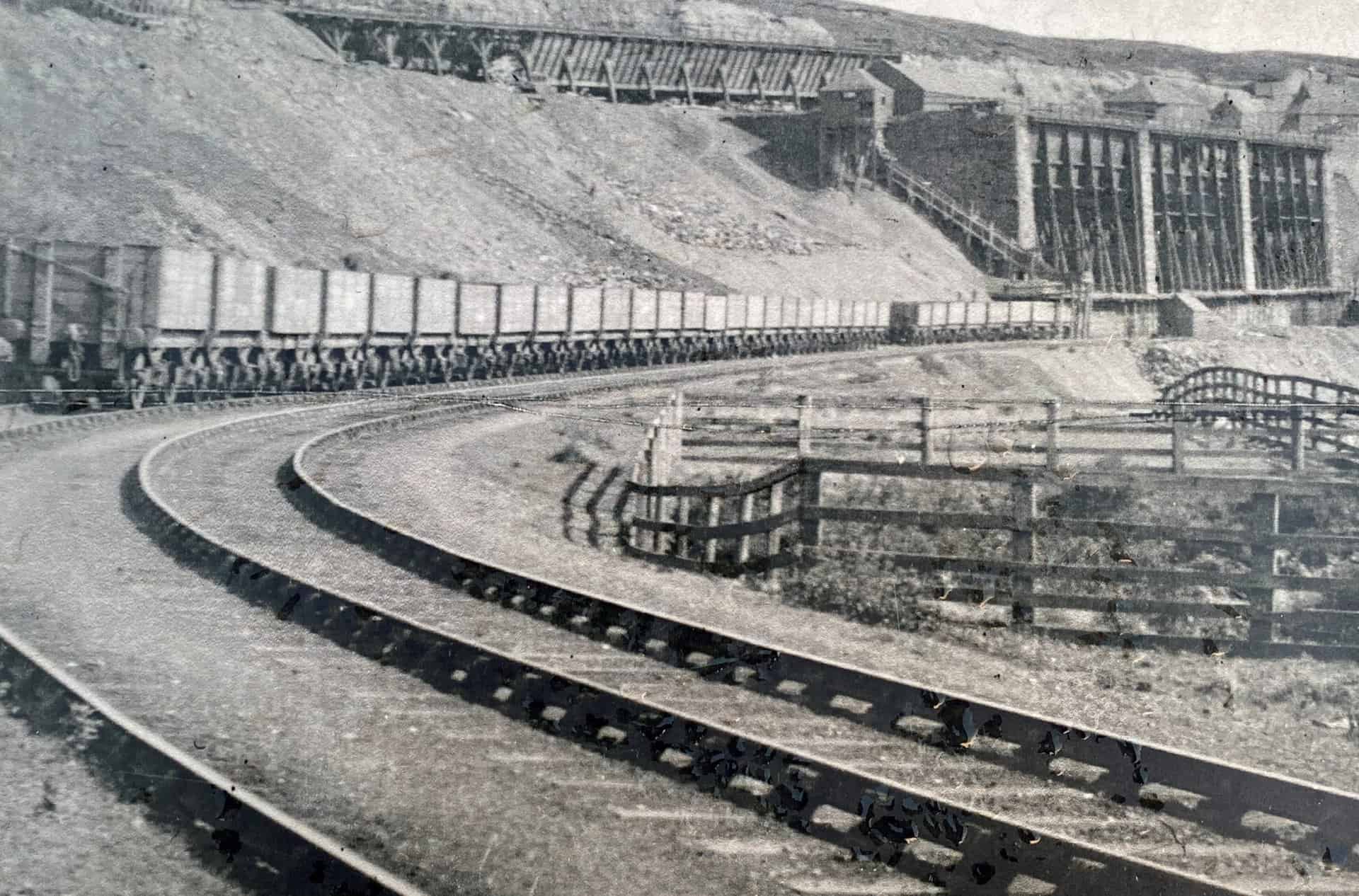
Rosedale Railway Ingleby Incline
Construction and Gradients
The Ingleby Incline, an integral part of the Rosedale Railway, was constructed to connect the Rosedale mines with the main railway network. This steep incline, with gradients reaching 1 in 5, was designed to efficiently transport ironstone from the mines to the blast furnaces. The incline’s impressive engineering made it a vital component of the railway system.
Drum Houses and Incline Operations
Incline operations were facilitated by two drum houses located at the top of the Ingleby Incline. These drum houses housed large winding drums that controlled the movement of wagons up and down the incline. To ensure smooth and safe operations, the wagons were attached to a wire rope that wound around the drums, allowing them to be carefully lowered or raised along the steep gradient.
Wartime Demolition
During World War II, the Ingleby Incline drum houses faced demolition, as they were targeted for their valuable metal content. The demolition process marked the end of an era for the Rosedale Railway, as the Ingleby Incline had been a significant part of the railway’s operations since its inception. Today, the remains of the drum houses serve as a reminder of the incline’s historical importance in the iron ore trade.
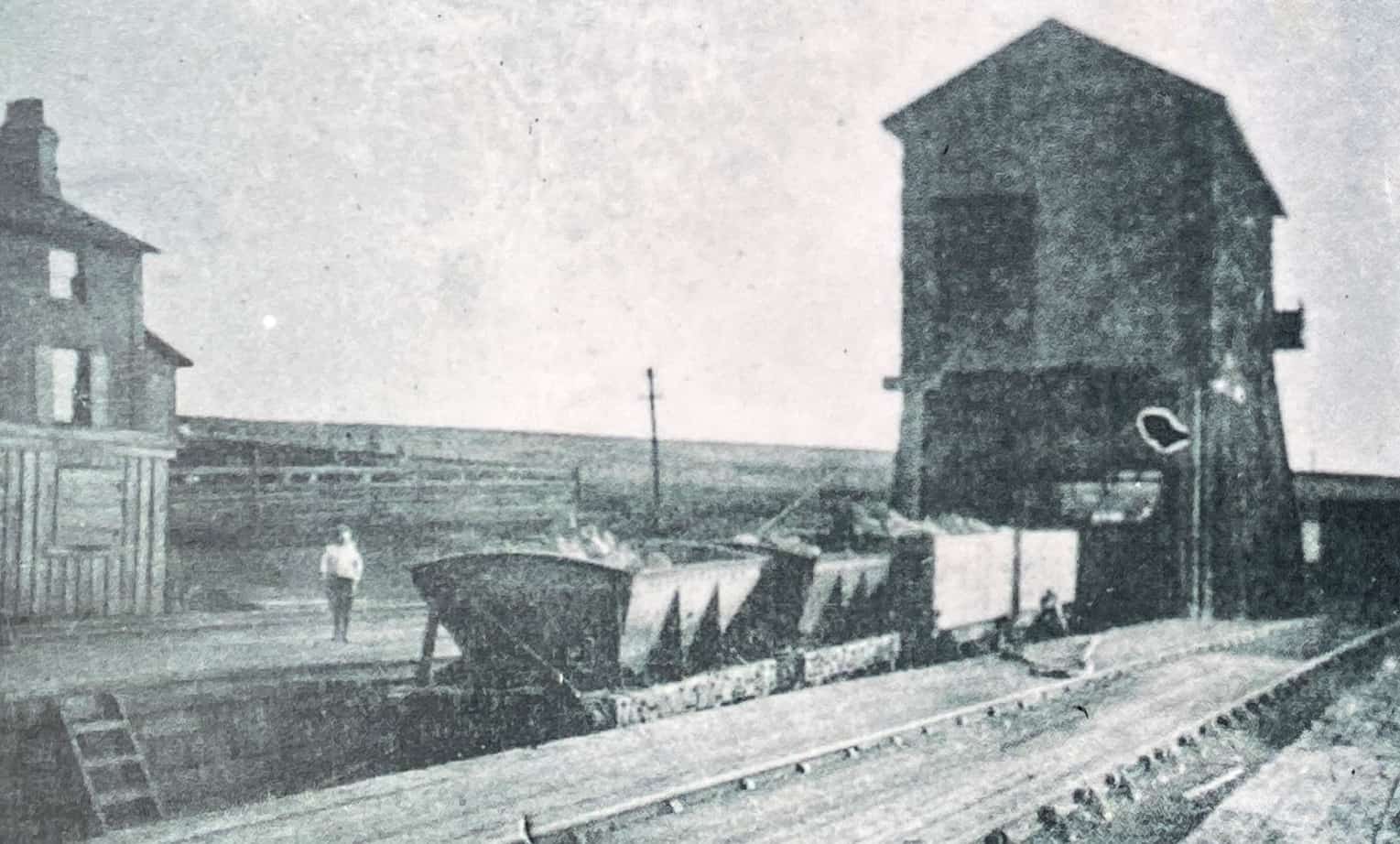
Rosedale Blakey Junction
Importance in the Ironstone Industry
Blakey Junction played a crucial role in the Rosedale Railway’s operations, serving as the junction where the East and West branches converged. Its strategic location facilitated the efficient transportation of ironstone from Rosedale’s mines to blast furnaces. Consequently, Blakey Junction became an essential part of the ironstone industry during the railway’s peak years.
Transportation of Calcined Ironstone
One of the primary functions of Blakey Junction was the transportation of calcined ironstone, a process that involved heating the raw ironstone to remove impurities. Once the ironstone was calcined, it was loaded onto wagons at the junction and transported to blast furnaces for further processing. This efficient system greatly contributed to the success of the ironstone industry in the region.
Remnants of the Railway at Blakey Junction
Today, while the Rosedale Railway no longer operates, visitors can still find remnants of the railway at Blakey Junction. These remains, including earthworks, track beds, and disused buildings, serve as a testament to the area’s rich industrial heritage.
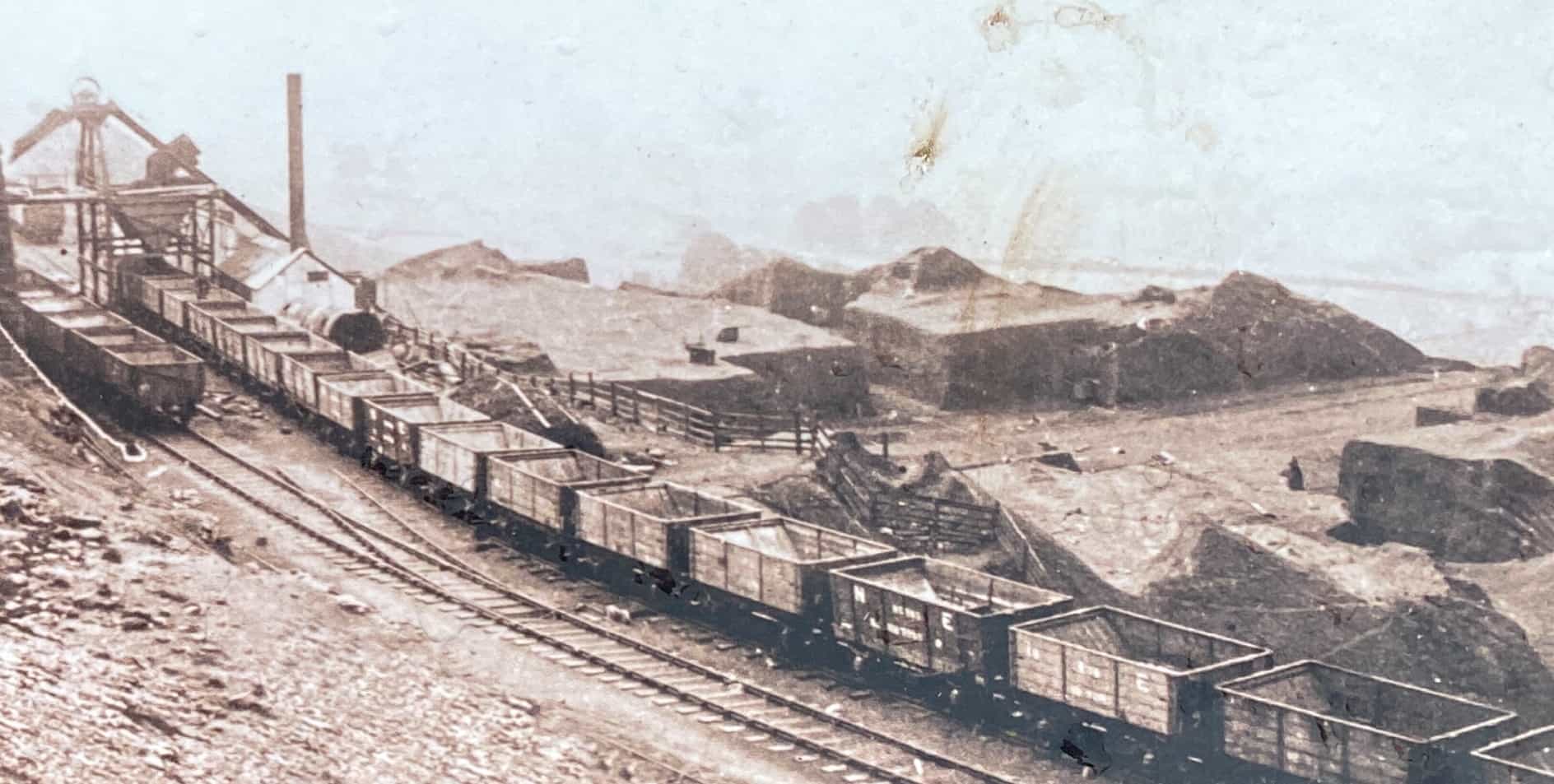
The Navvies and Construction Challenges
Working Conditions and Societal Perceptions
Navvies, the labourers responsible for constructing the Rosedale Railway, faced challenging working conditions. They often worked long hours in harsh weather, with limited access to adequate shelter, food, and clean water. Despite their vital contribution to the railway’s construction, navvies were frequently stigmatised and marginalised by society due to their itinerant lifestyles and rough appearances.
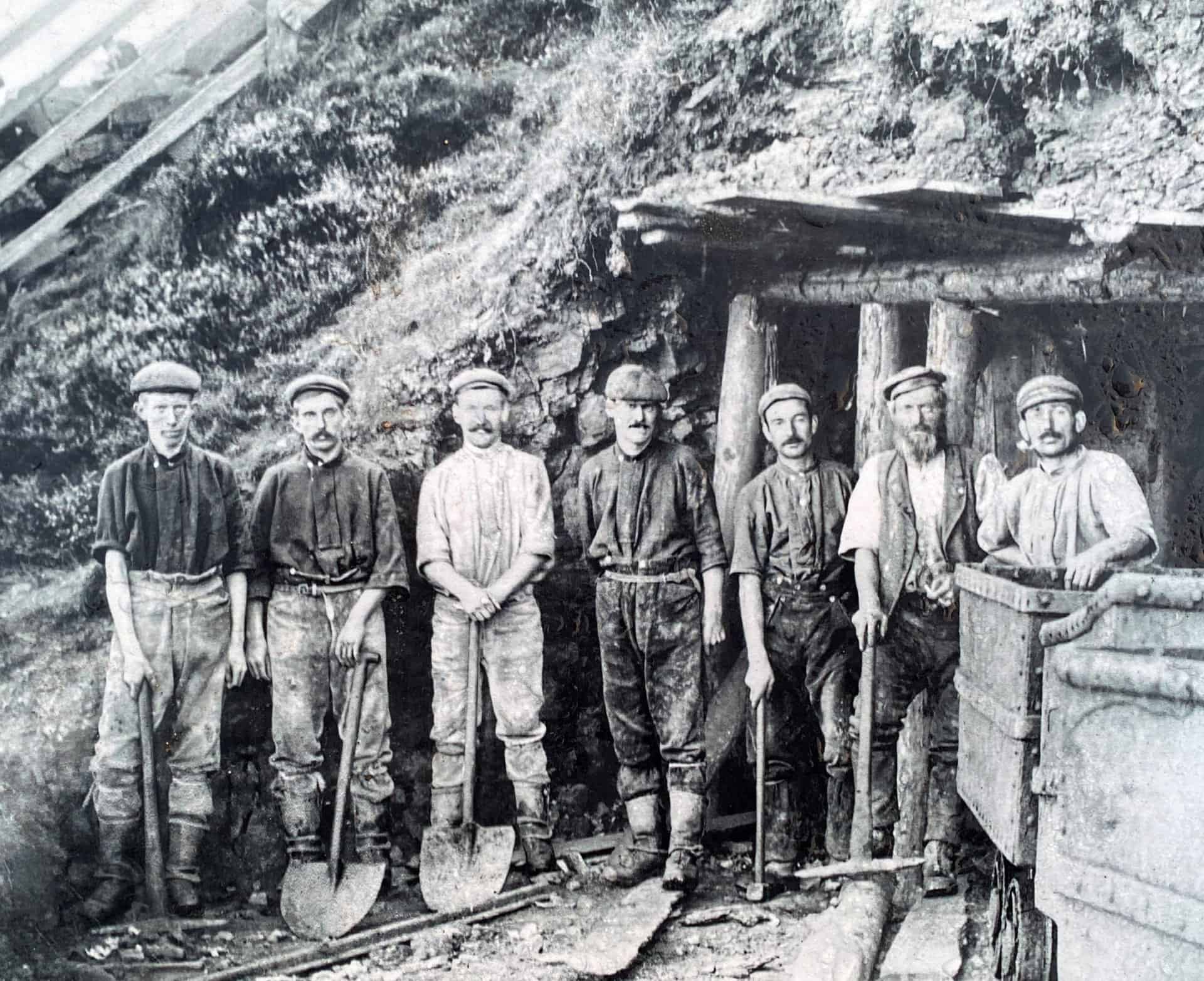
Rosedale Railway Building Techniques and Tools
The construction of the Rosedale Railway relied on the navvies’ skills and the use of rudimentary building techniques and tools. Pickaxes, shovels, and wheelbarrows were the primary tools employed for excavation and earth-moving tasks. The manual labour required for these tasks was intense, and the navvies’ perseverance and physical strength were essential in overcoming the challenges of constructing the railway.
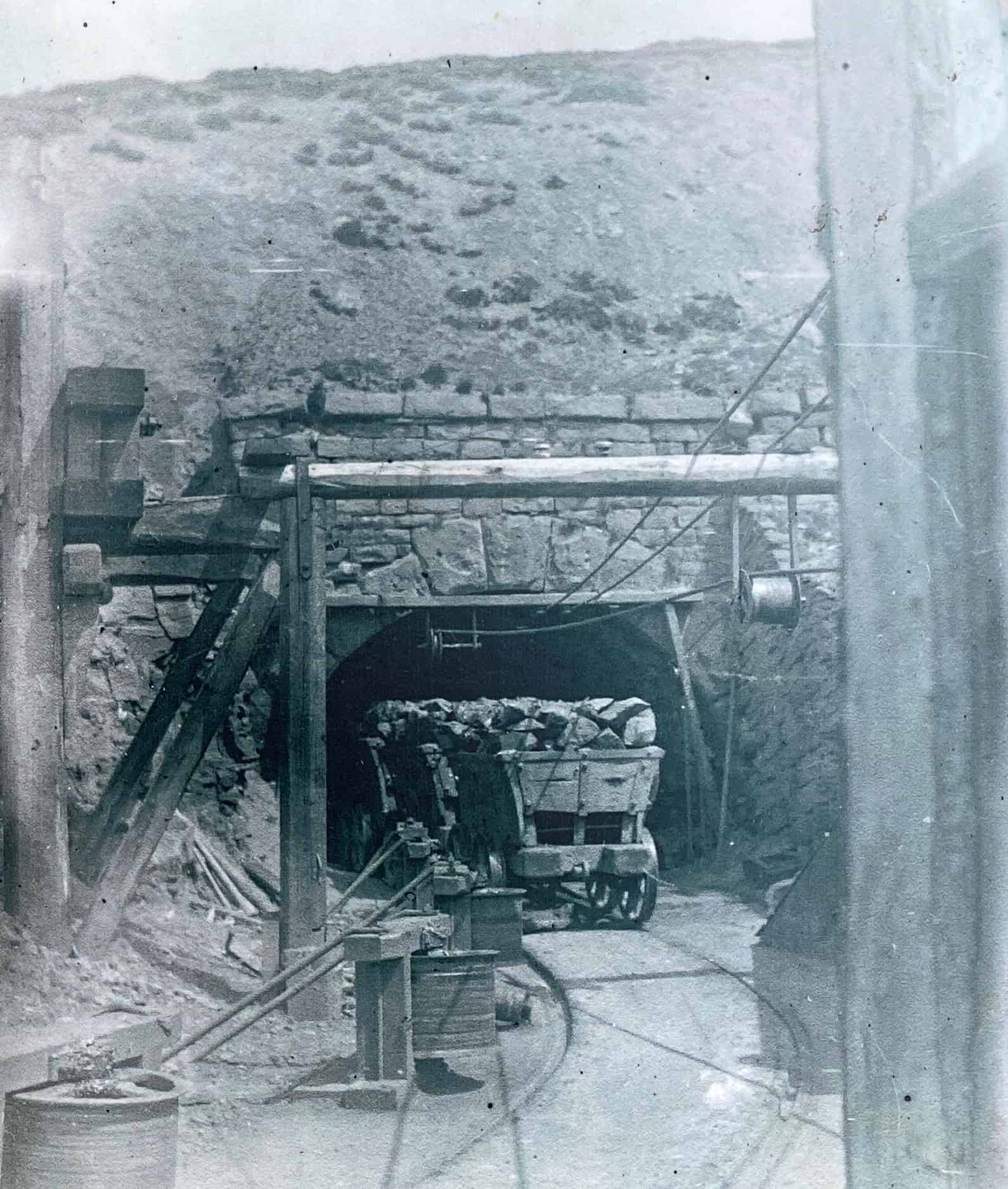
Living Conditions and Temporary Settlements
Navvies often lived in temporary settlements known as ‘huts’ or ‘shanties’ near the construction sites. These makeshift homes provided basic shelter but lacked proper sanitation facilities, resulting in poor living conditions. Despite the challenges, navvies formed close-knit communities, helping one another to cope with the hardships and maintain morale during the difficult construction period.
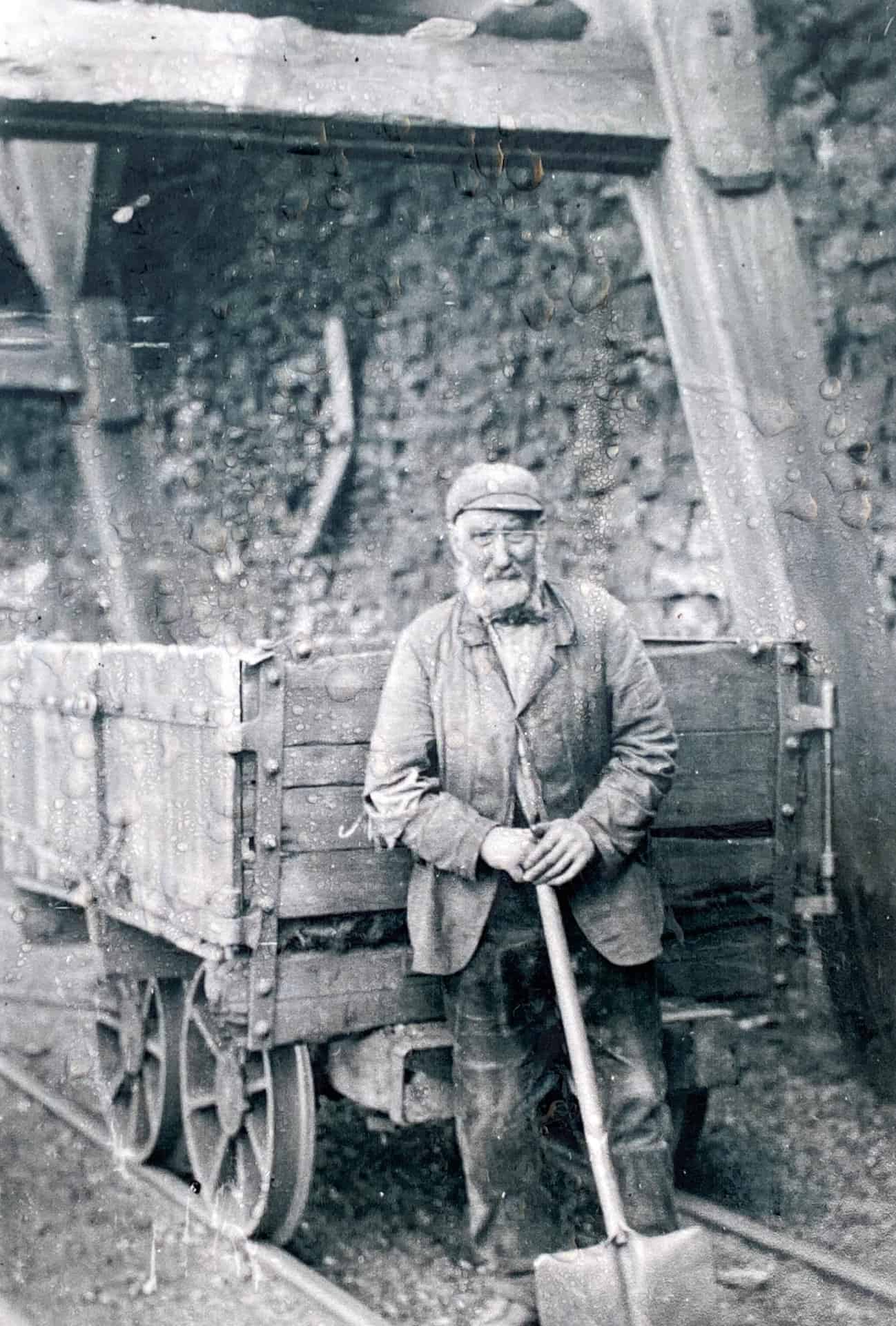
Legacy and Remains of the Rosedale Railway
Walking and Cycling Routes
Today, the Rosedale Railway’s legacy lives on through various walking and cycling routes that follow the former railway lines. These pathways offer a unique opportunity for visitors to explore the stunning landscapes of the North York Moors while tracing the history of the once-bustling railway. The well-maintained routes are ideal for a leisurely stroll or an invigorating bike ride.
For enthusiasts keen to delve deeper into the Rosedale Railway’s rich tapestry, I’ve crafted two walks that offer a more personalised exploration. The first, a comprehensive 12-mile adventure, takes you anti-clockwise around the railway, with a special detour through the picturesque village of Rosedale Abbey. This journey is detailed at paulbeal.com/rosedale-abbey-railway-walk, guiding you through some of the most breathtaking vistas the moors have to offer.
Meanwhile, for those looking for a slightly shorter excursion, a 9-mile circuit provides a clockwise route that captures the railway’s major highlights. Information on this walk can be found at paulbeal.com/rosedale-railway-walk. Both routes have been designed to allow you to immerse yourself in the Rosedale Railway’s captivating blend of natural beauty and historical intrigue at your own pace, serving as your personal gateway into the heart of the North York Moors.
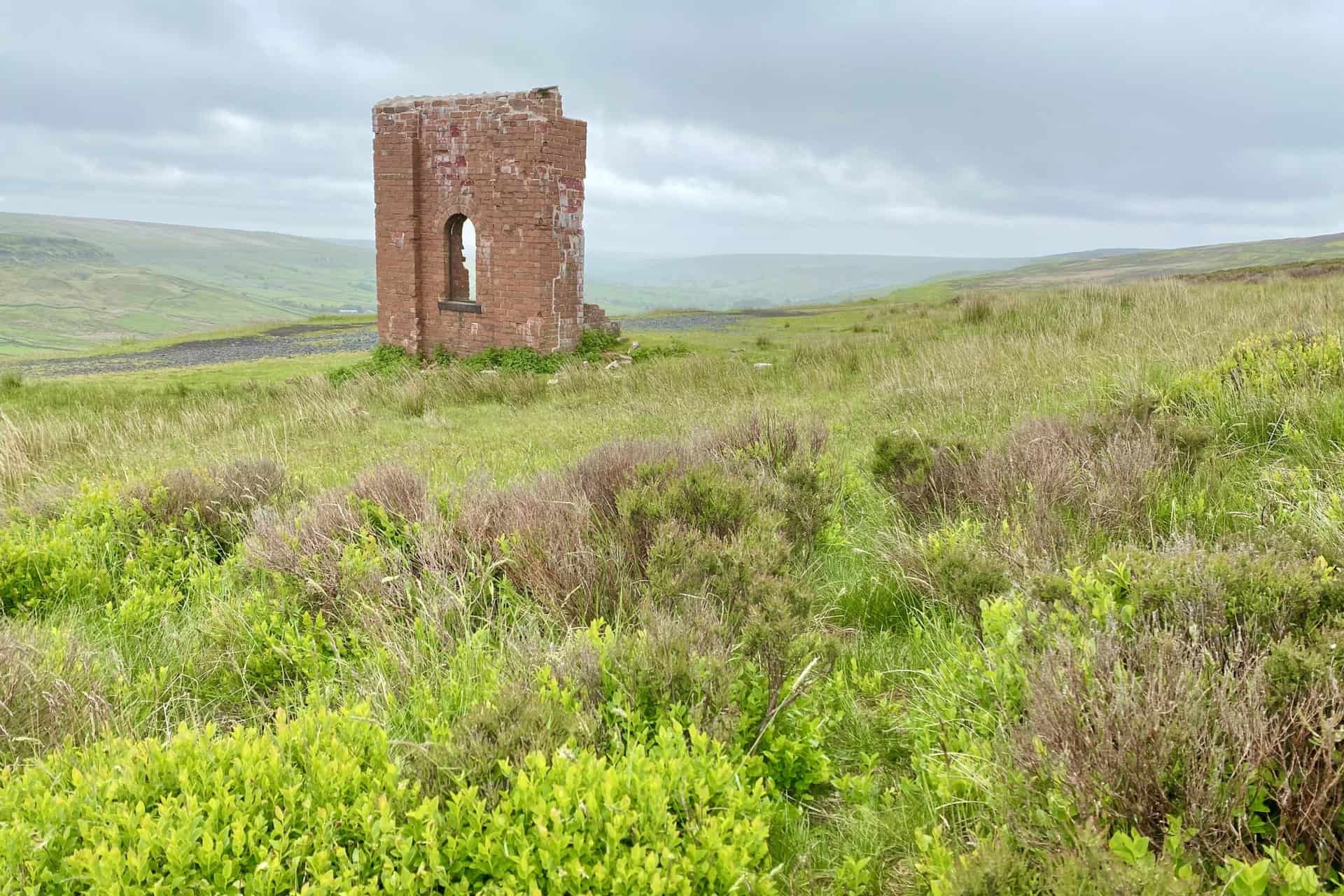
Rosedale Railway Industrial Heritage Sites
Along the walking and cycling routes, several industrial heritage sites can be found. Remnants of the infrastructure, such as the calcining kilns, provide a fascinating insight into the region’s rich industrial past.
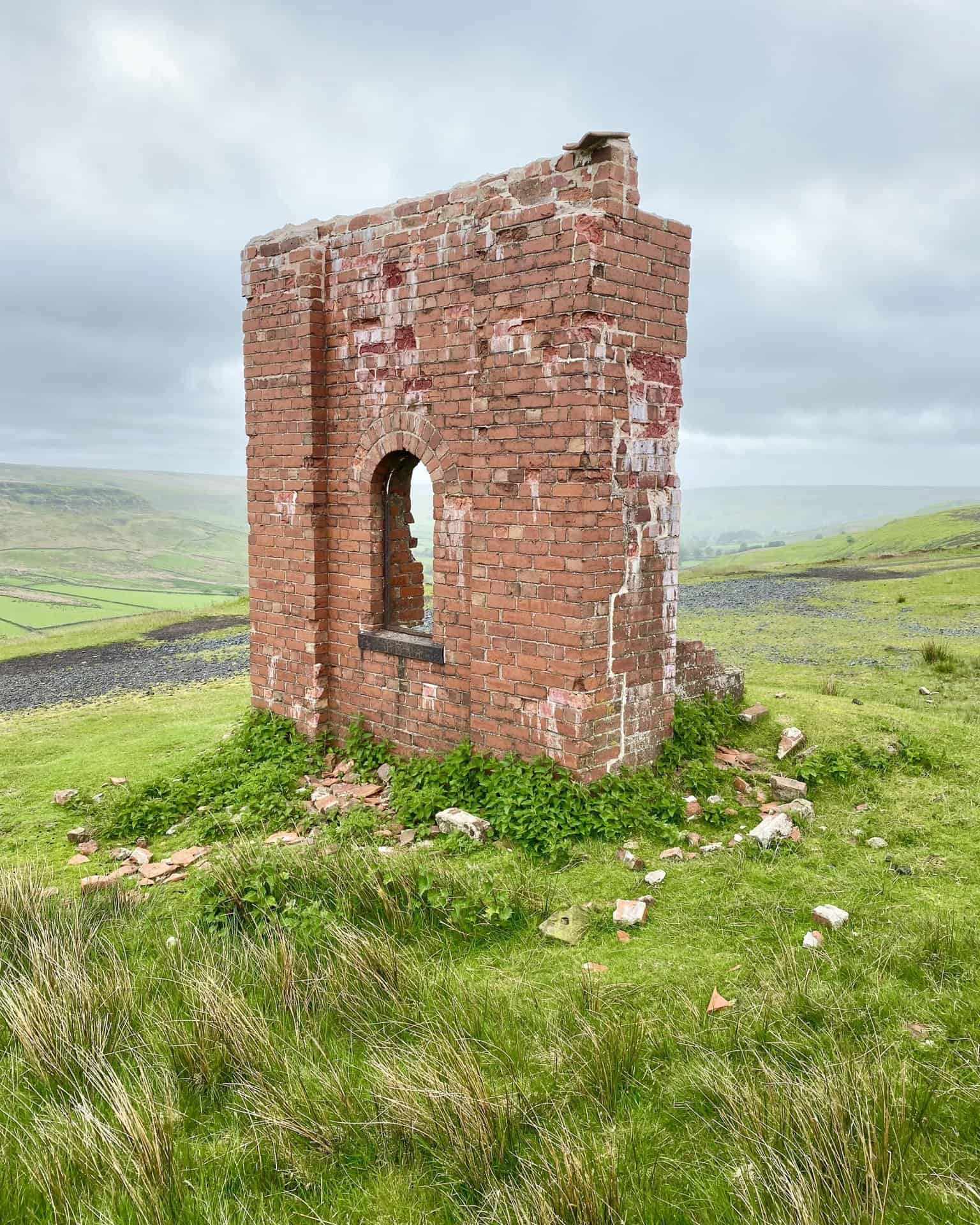
The Key Features of the Rosedale Railway
Importance of the Rosedale Railway in the Ironstone Industry
The Rosedale Railway played a crucial role in the ironstone industry during the 19th and early 20th centuries. As a vital transport link, it connected the remote mines and kilns of the Rosedale valley to the industrial centres of Teesside and County Durham. These mines and other key features of the Rosedale Railway can still be seen today.
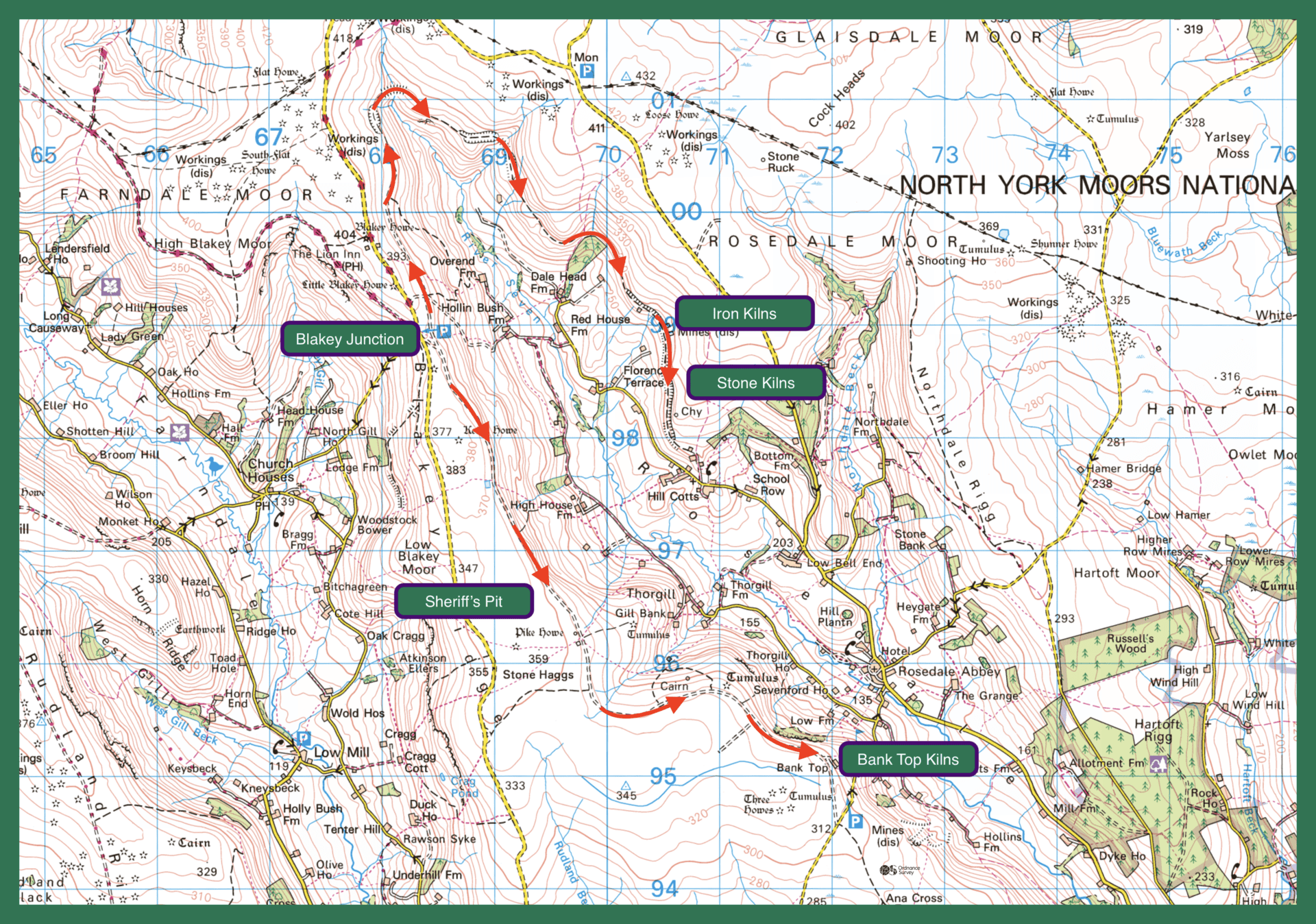
Rosedale Iron Kilns
Background and History
The Rosedale Iron Kilns, also known as the North Kilns, stand as towering remnants of the once-thriving ironstone industry in Rosedale. Constructed during the latter half of the 19th century, they operated until the 1920s, playing a significant role in ironstone calcination before transportation to Teesside and beyond for iron and steel production.
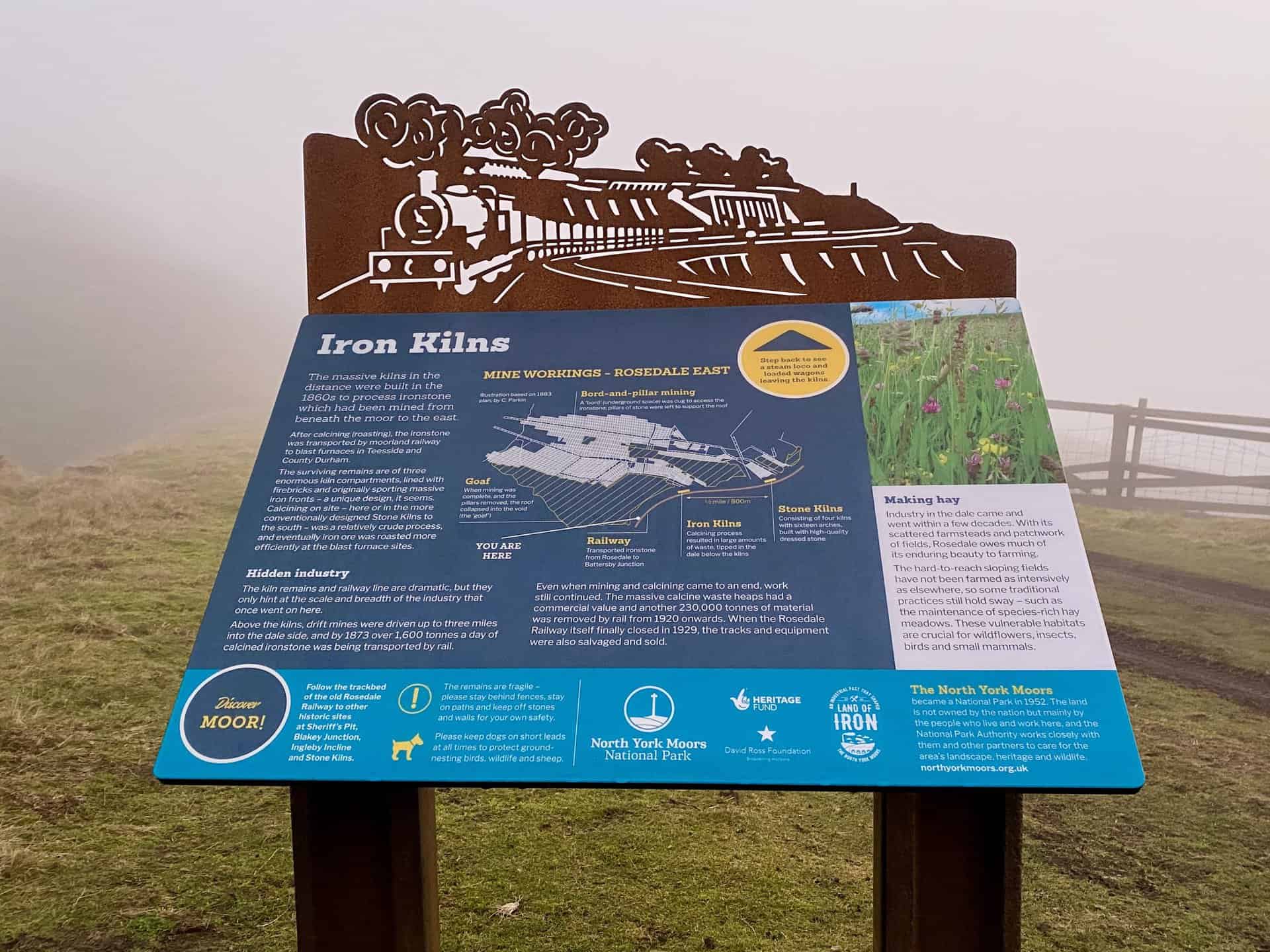
Unique Design and Calcining Process
These imposing structures featured a unique design with three compartments lined with firebricks and originally fitted with massive iron fronts. The calcining process in Rosedale was relatively crude and wasteful, but it served its purpose during the industry’s heyday.
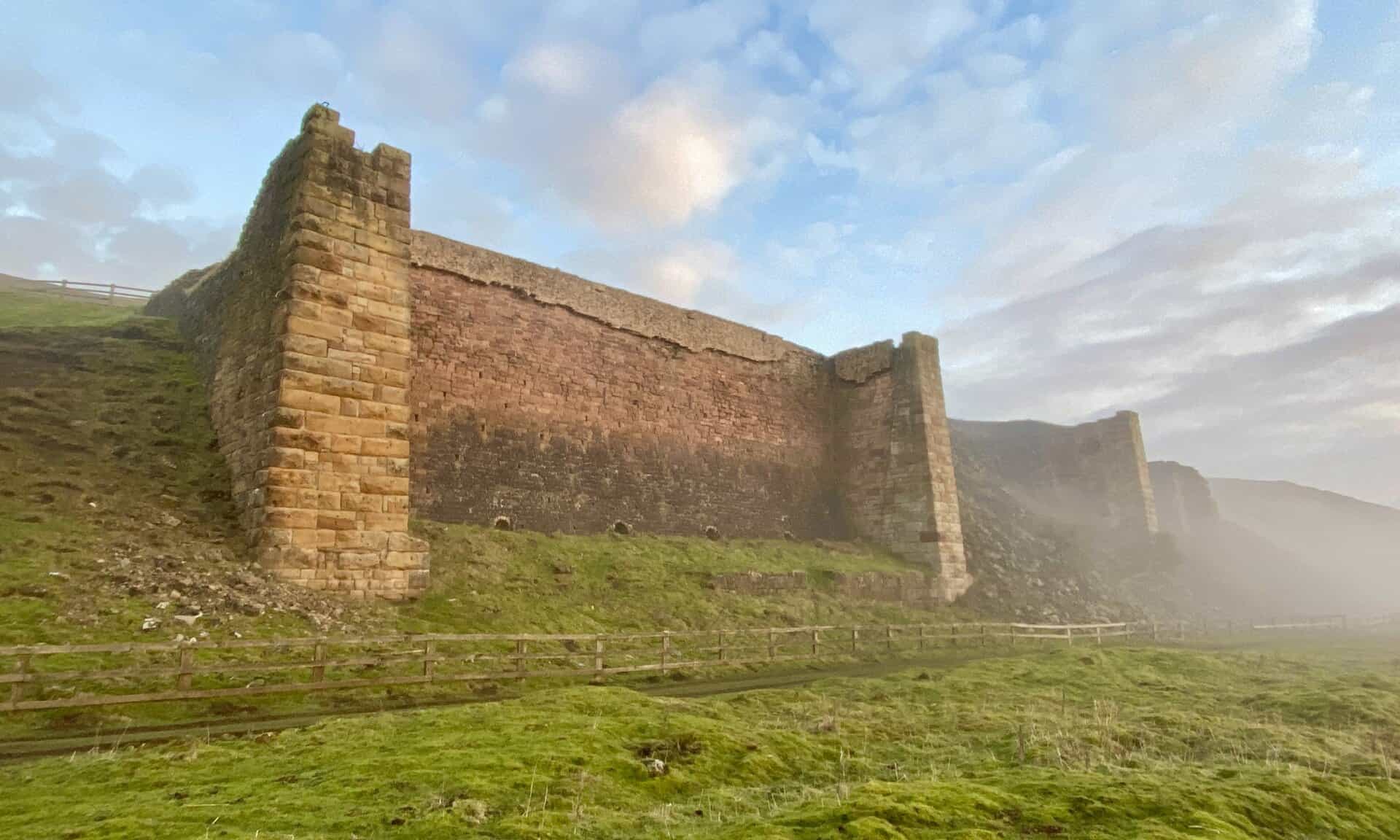
Kiln Remains and Surrounding Area
Today, the surviving remains of the Iron Kilns include the three enormous compartments and the striking red calcine waste heaps on the hill’s slopes. The landscape, though transformed, still provides a hint of the scale and breadth of the industry that once thrived in the area.
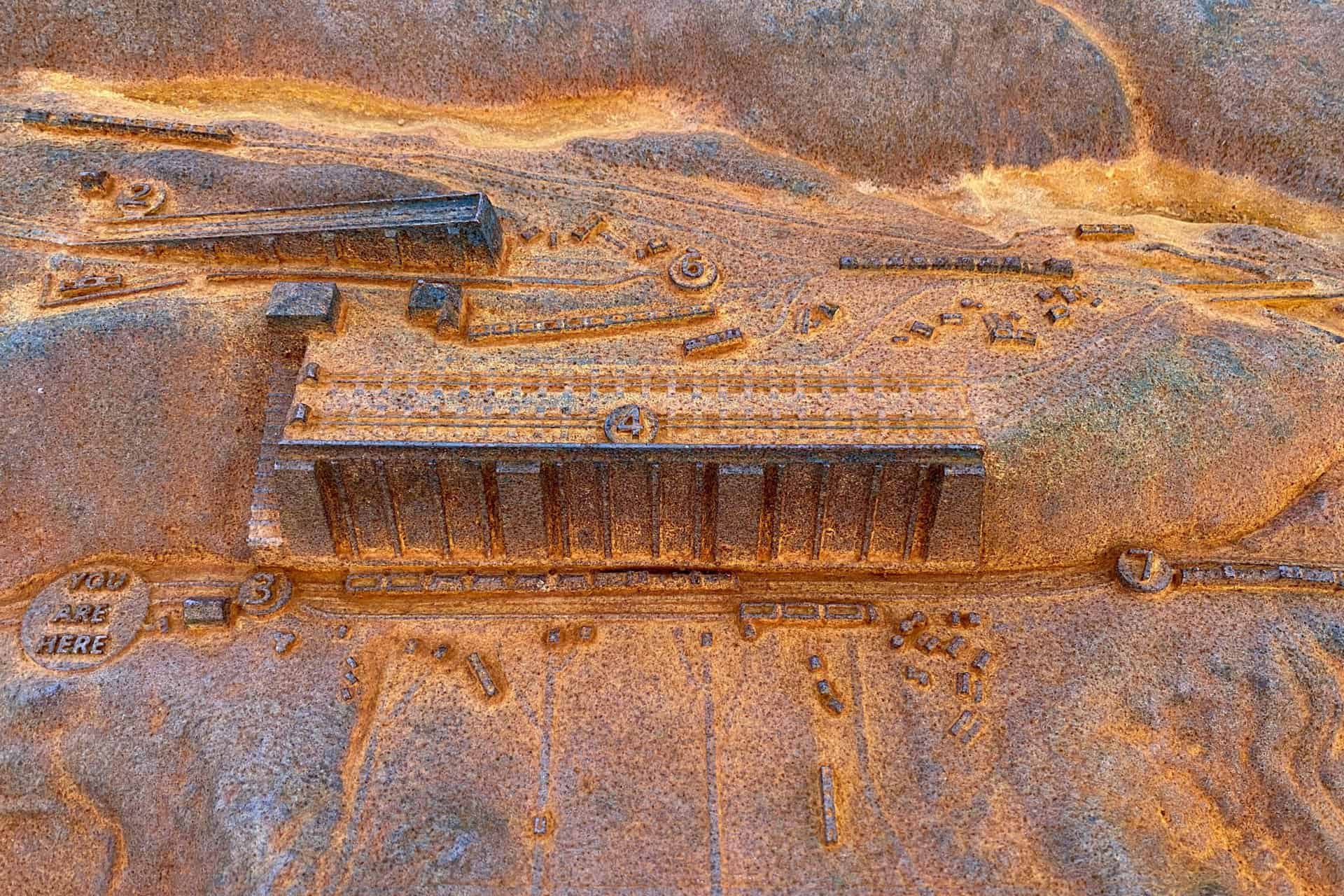
The 4-mile Rosedale Railway Walk from The Lion Inn
For those interested in exploring the Rosedale Iron Kilns, a superb 4-mile walk starts from The Lion Inn on Blakey Ridge. This route follows the old disused railway line, which tracks the upper rim of the Rosedale valley, offering an excellent opportunity to delve into the area’s industrial heritage.
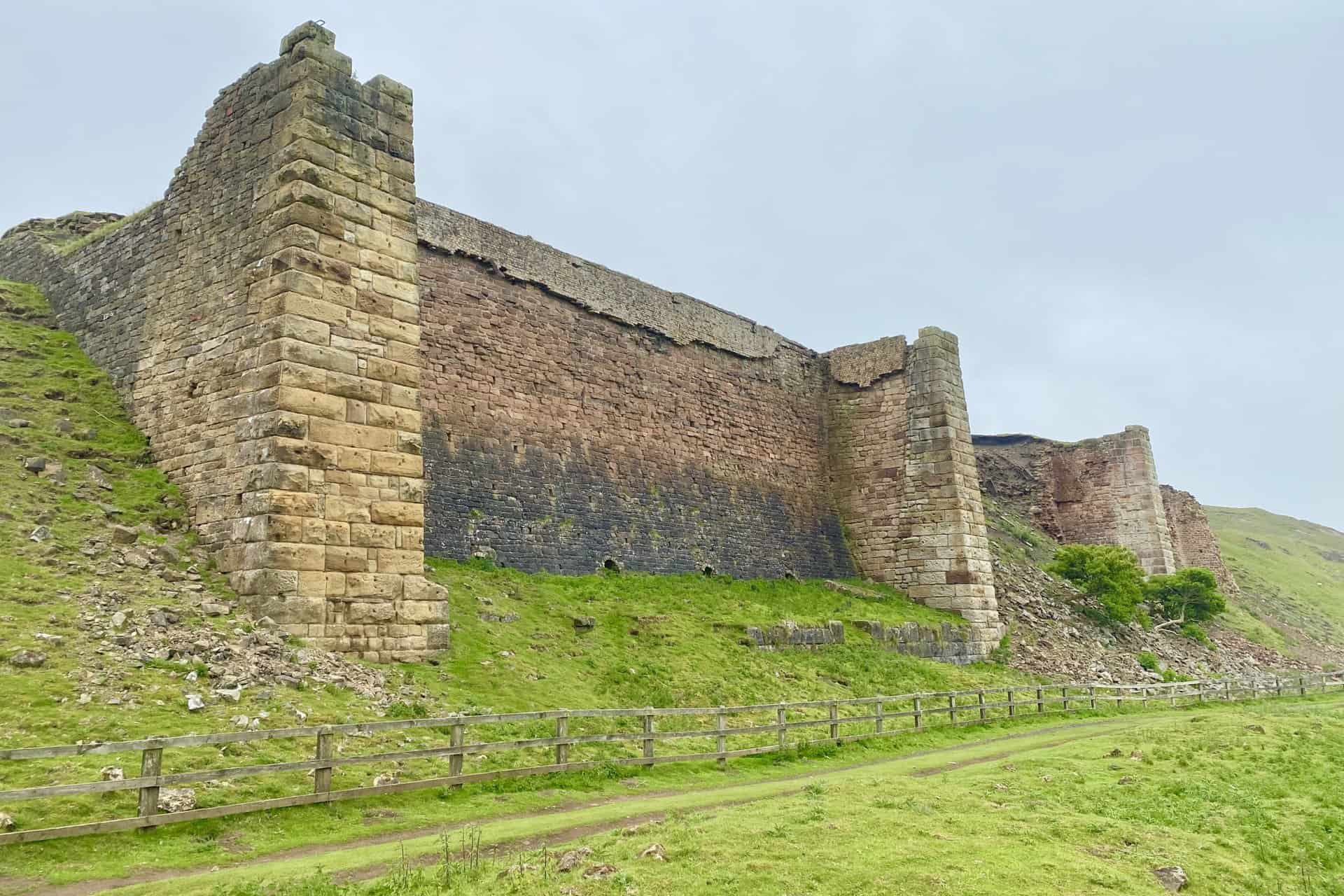
Rosedale Stone Kilns
Overview and Location
The Rosedale Stone Kilns, the larger second set of kilns in the area, are situated in a curving stretch of the railway on the east side of the valley and command a grand view over Rosedale. These kilns served as crucial components of the local ironstone industry during the late 1800s and early 1900s.
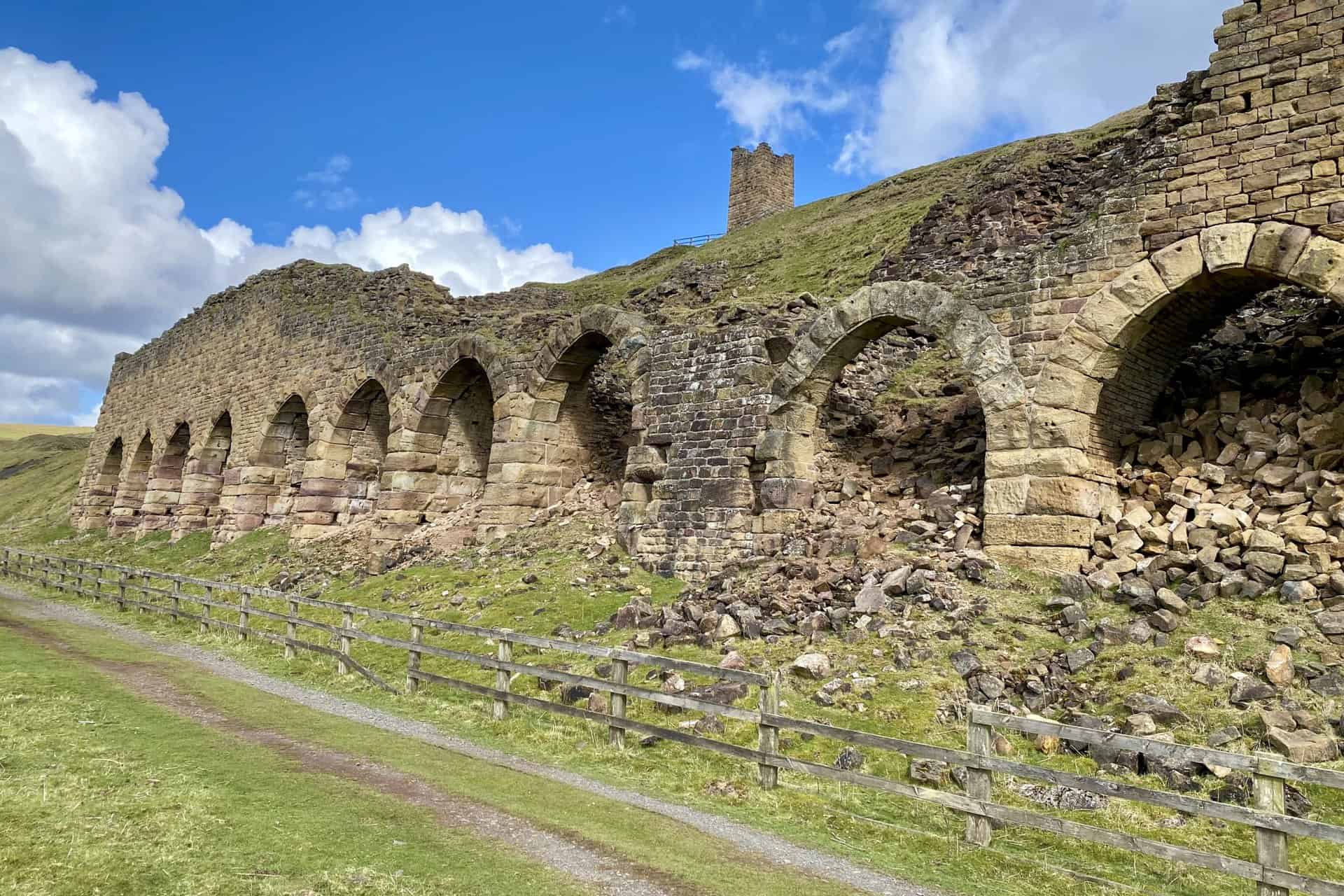
Magnificent 16 Arches
Featuring a stunning array of 16 arches, the Rosedale Stone Kilns, during their peak, operated non-stop, processing massive quantities of ironstone mined from Rosedale.
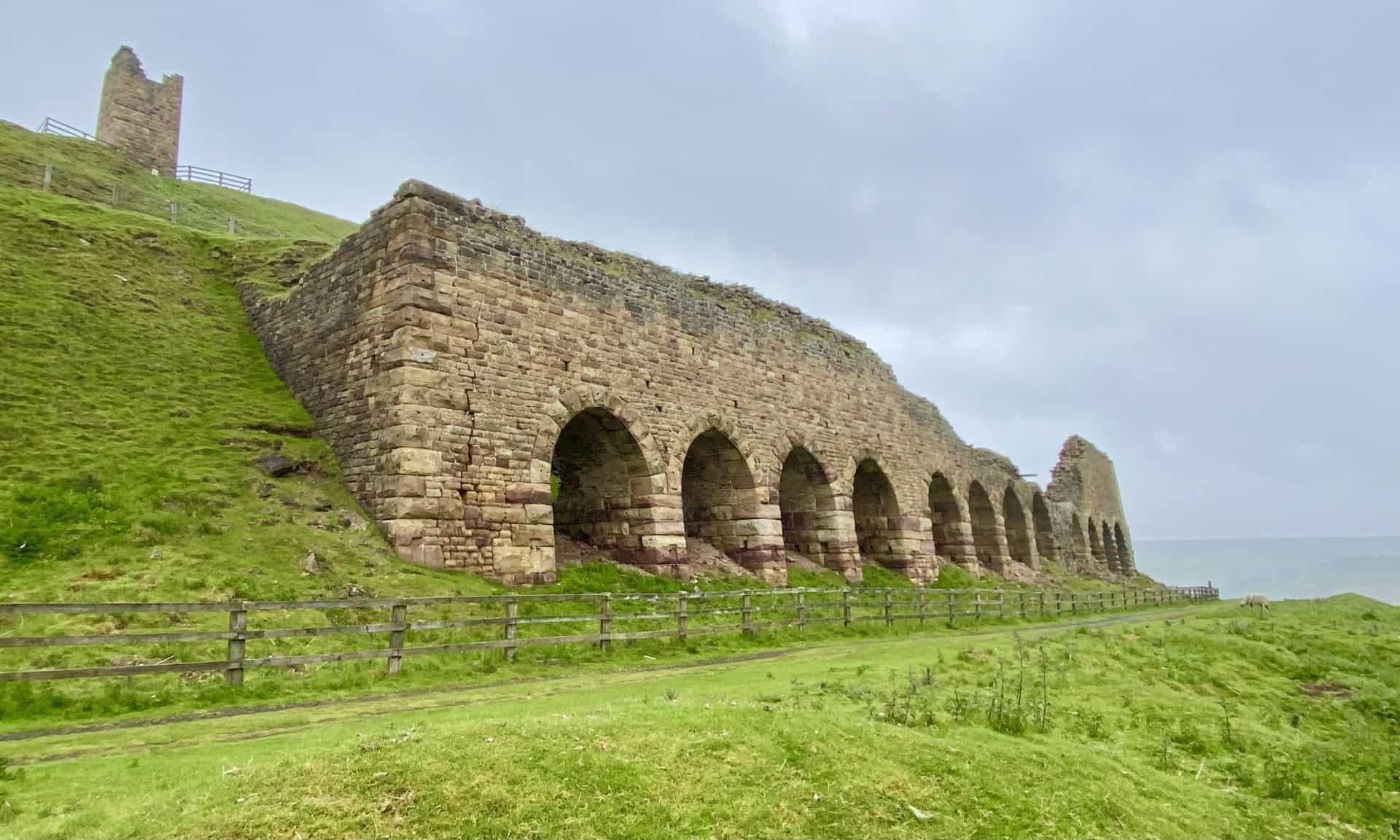
Role in Ironstone Processing
The primary function of the Stone Kilns was to calcine (roast) the ironstone before it was transported away. Over 10 million tonnes of ironstone passed through these kilns before the railway and mines closed in 1926.
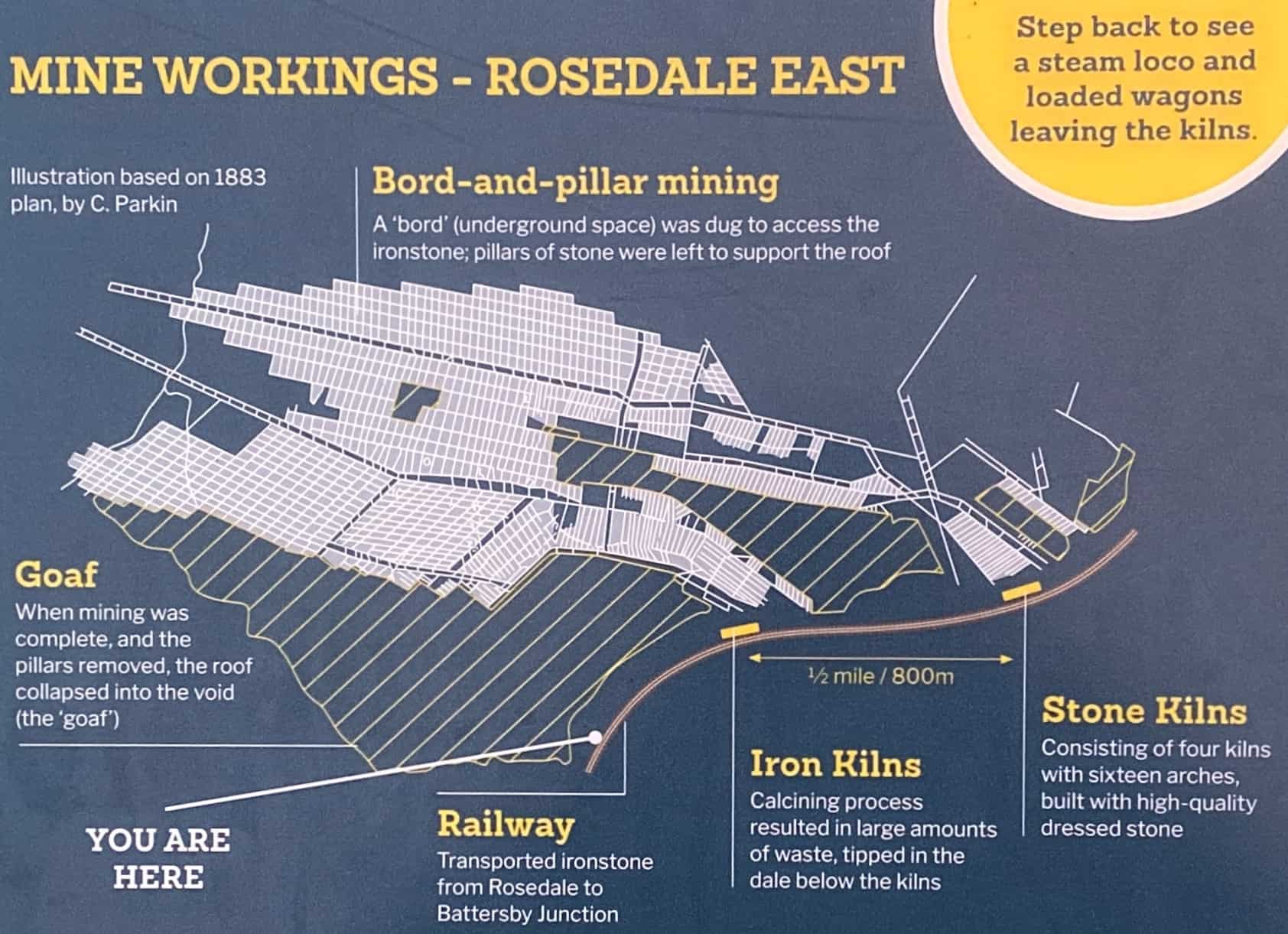
Evolution of Ironstone Processing
Although the Stone Kilns featured a more conventional design, the ironstone processing methods eventually evolved, leading to more efficient calcination at blast furnace locations. This shift marked a transition in the industry, ultimately contributing to the decline of the Rosedale Railway and its associated kilns.
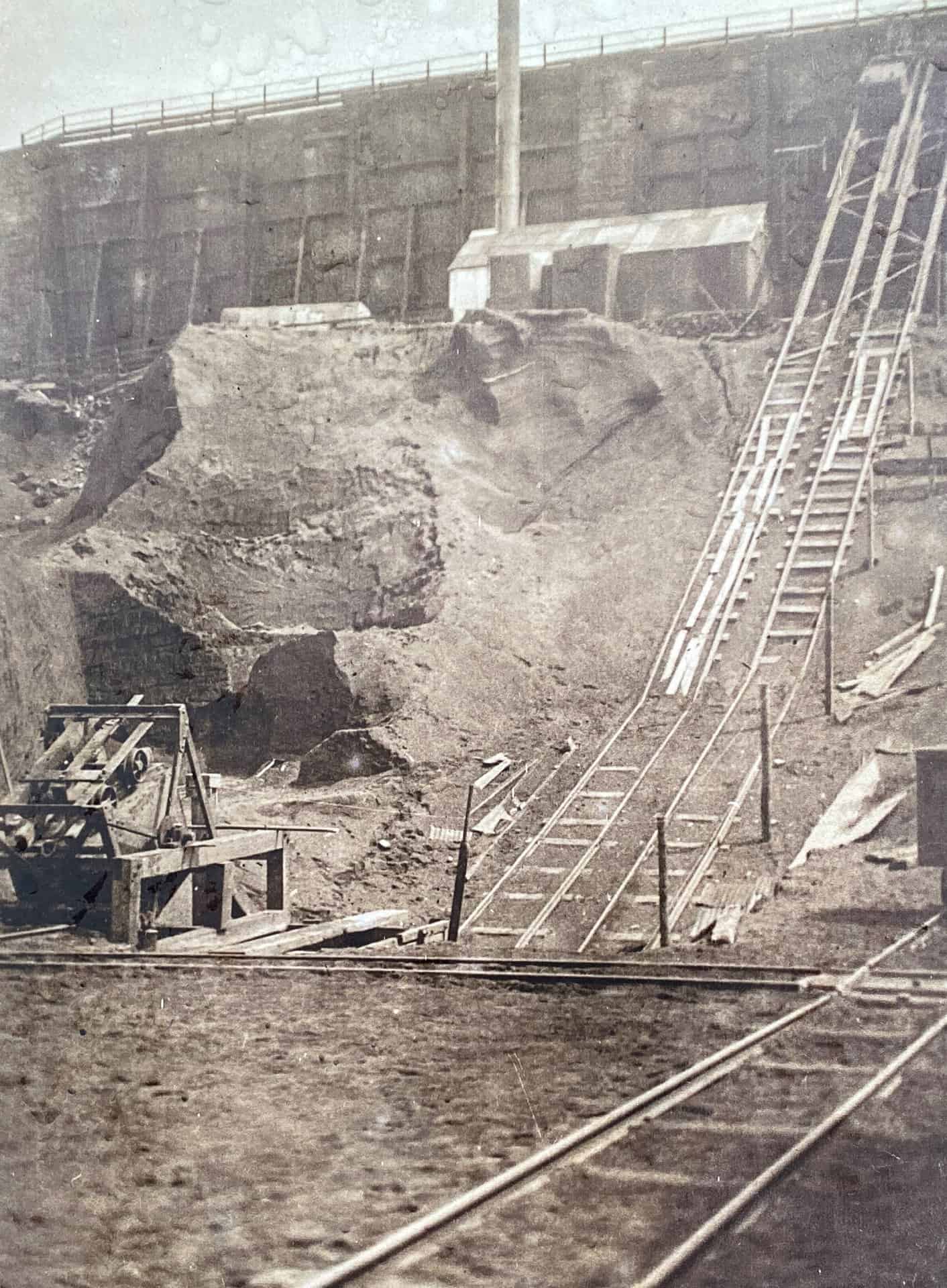
Rosedale Bank Top
Mining and Processing Hub
Rosedale Bank Top, located high on the moor above Rosedale Abbey, was a central point for the ironstone mining and processing industry during the Victorian era. This area experienced an ‘iron rush’, transforming the landscape dramatically and establishing Bank Top as a vital hub in the industry.
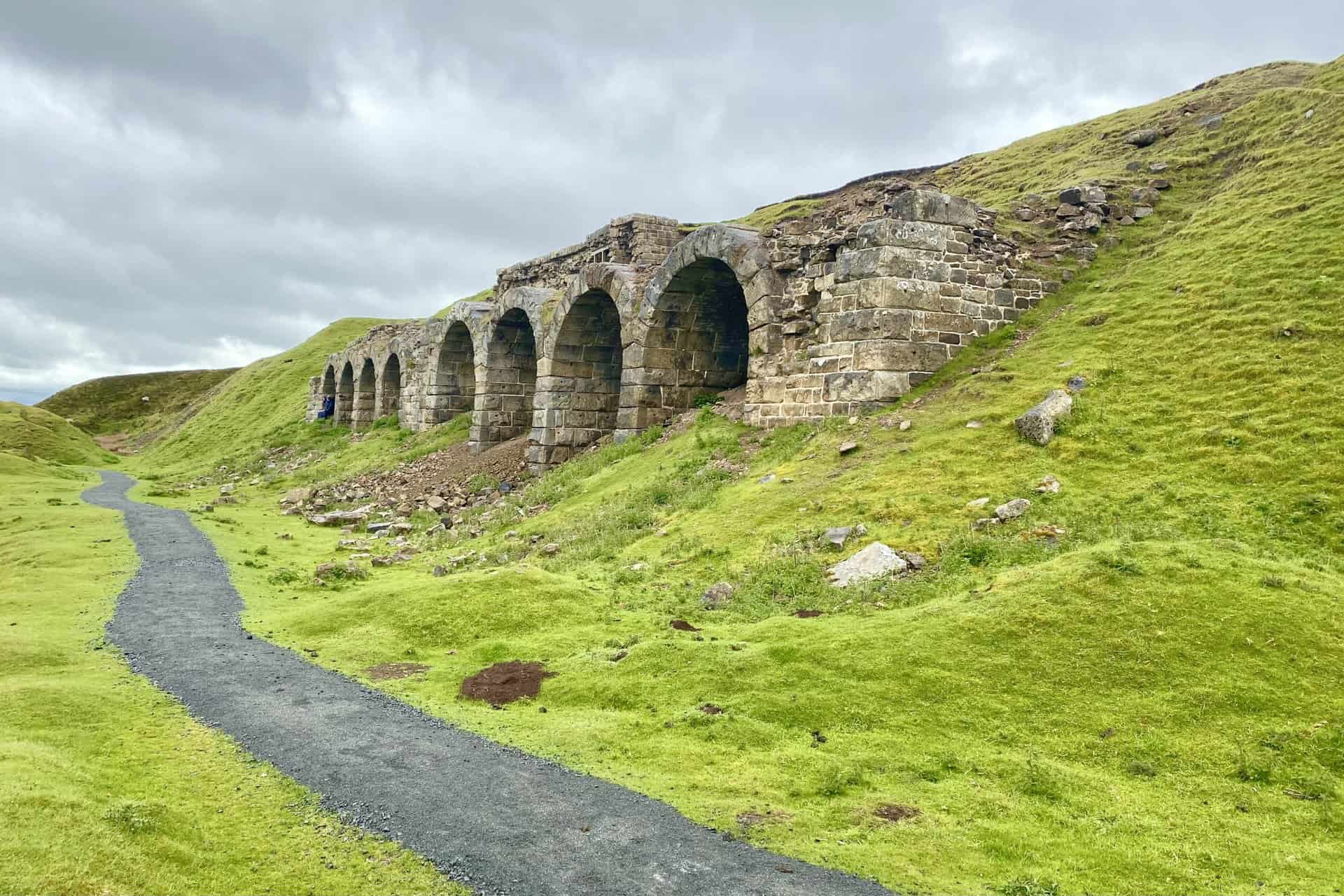
Inclined Tramway and Hollins Mines
Mining commenced in 1856, with ironstone extracted from the nearby Hollins Mines. A steam winding engine hauled the ironstone up an inclined tramway to Bank Top. This innovative system allowed for the transportation of more than 300,000 tonnes of ore each year.
Bank Top Kilns and Processing
The ore arriving at Bank Top underwent processing in giant kilns. Following this, the moorland railway carried the processed ironstone to blast furnaces in County Durham and Teesside. Bank Top also housed coal depots, railway workers’ cottages, and an engine shed.
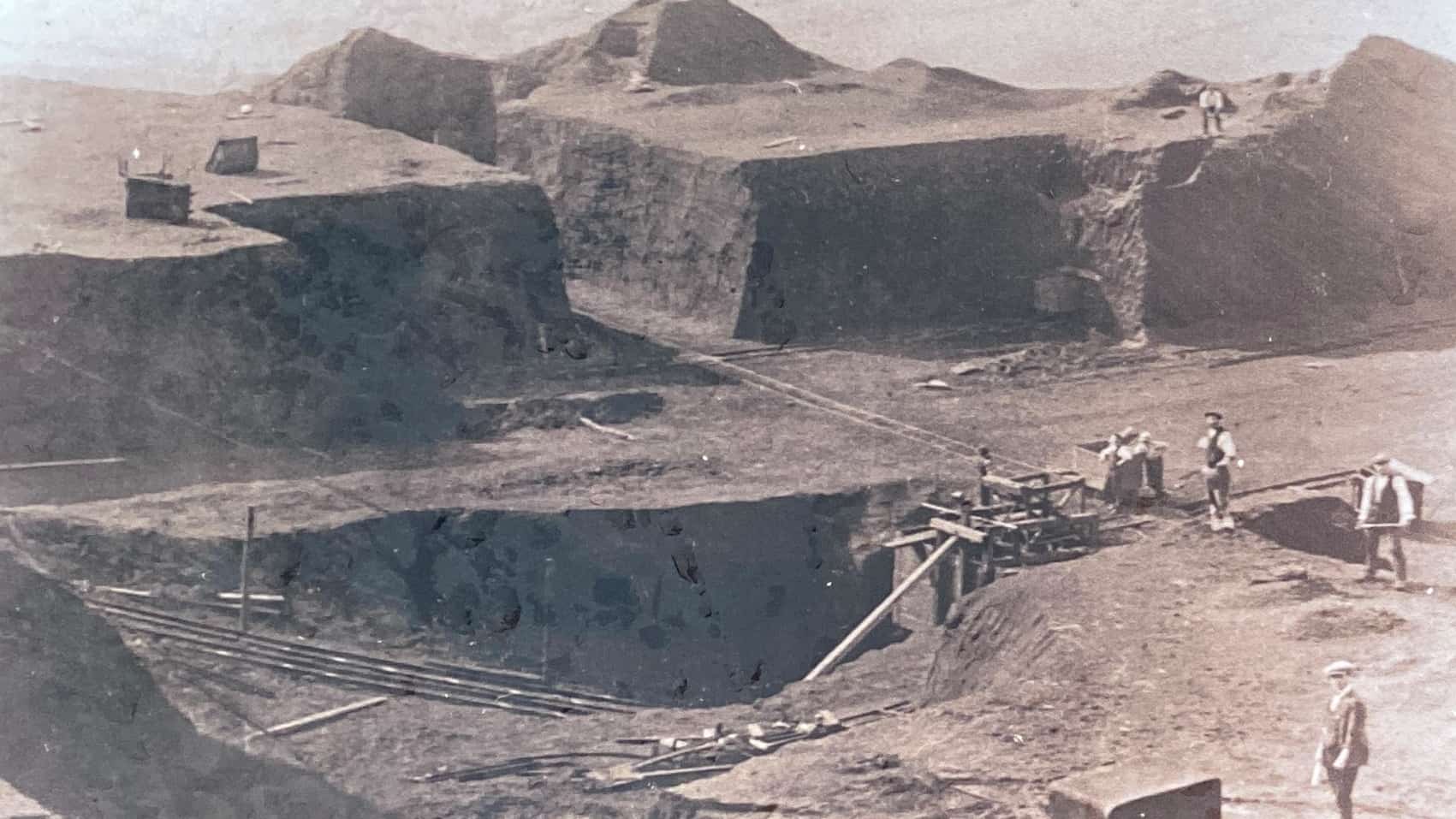
Stunning Views across the Rosedale Valley
Despite its industrial past, Rosedale Bank Top now offers visitors breathtaking views across the valley. The remnants of the calcining kilns and inclines remain as a testament to the site’s historical significance, while the surrounding natural beauty highlights the resilience of the landscape.
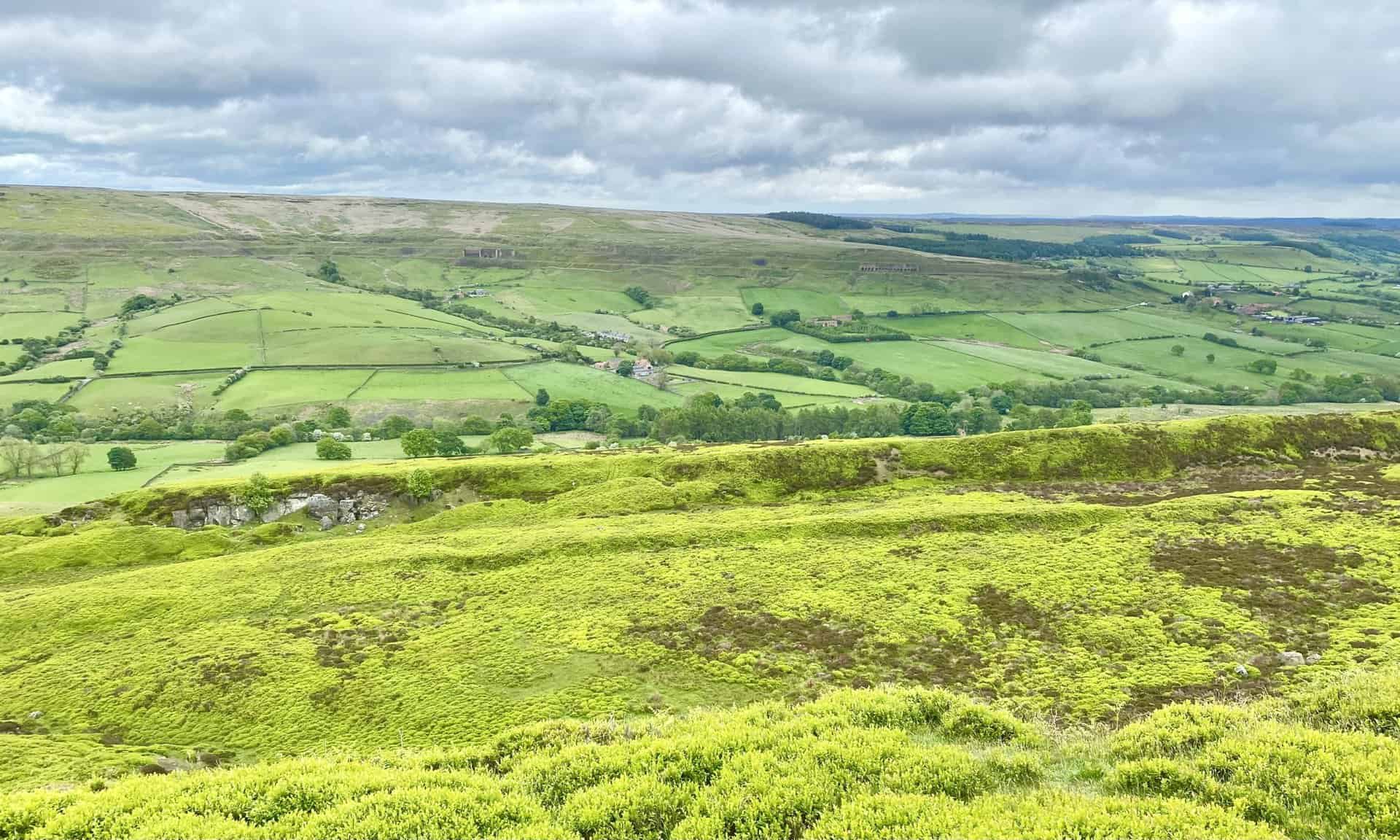
Rosedale Railway Sheriff’s Pit
Drift Mine Origins
The history of Rosedale Sheriff’s Pit began in 1857 as a drift mine, a horizontal mine shaft driven into the ironstone seam from the valley side. Initially, the ironstone was extracted and transported by horse and cart.
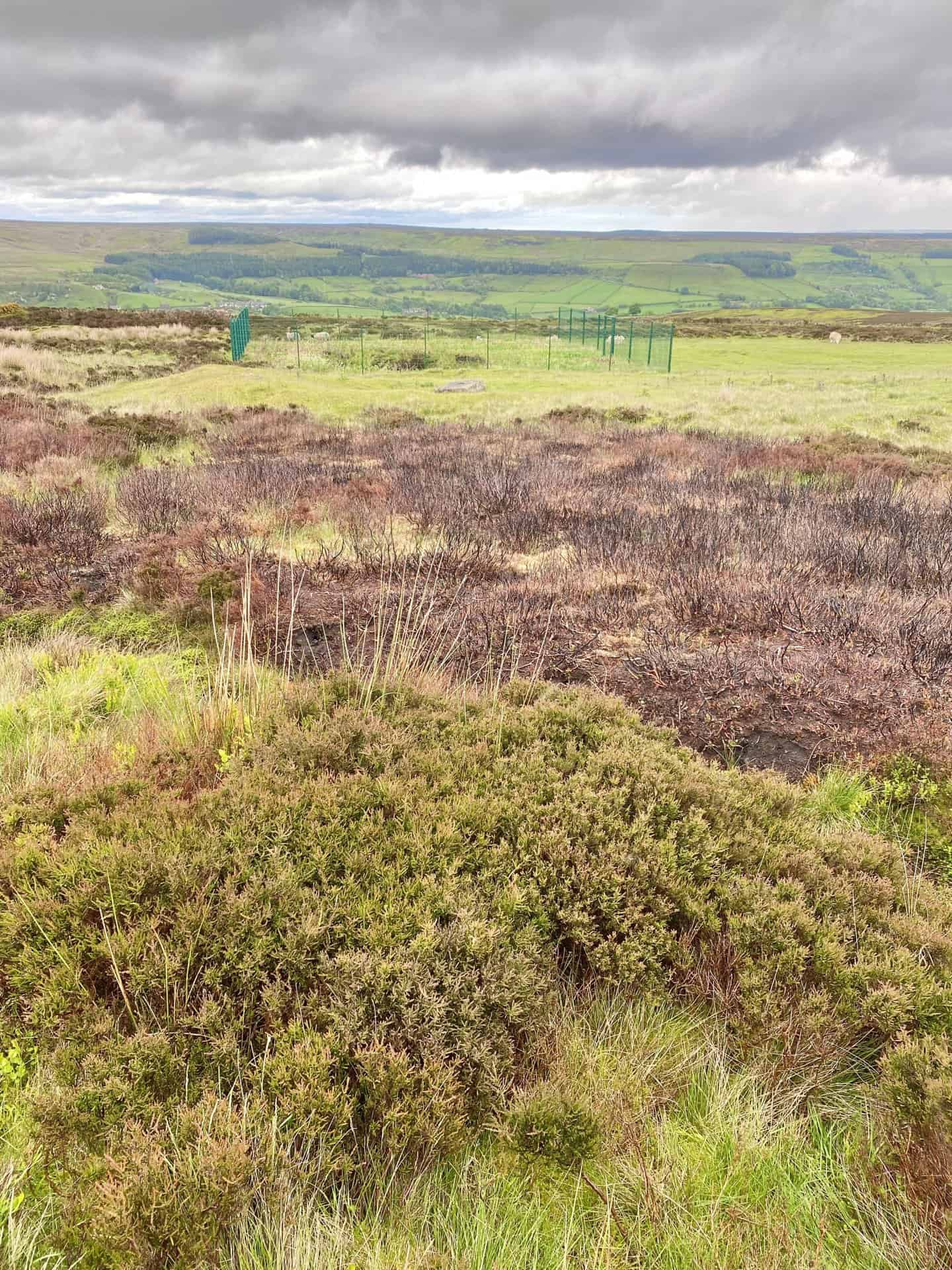
Reopening as an Ironstone Mine Shaft
In 1875, after being closed for a period, Sheriff’s Pit reopened as an ironstone mine shaft. The development of the Rosedale Railway provided new opportunities for the site, allowing for improved transportation and access to the valuable ironstone resources.
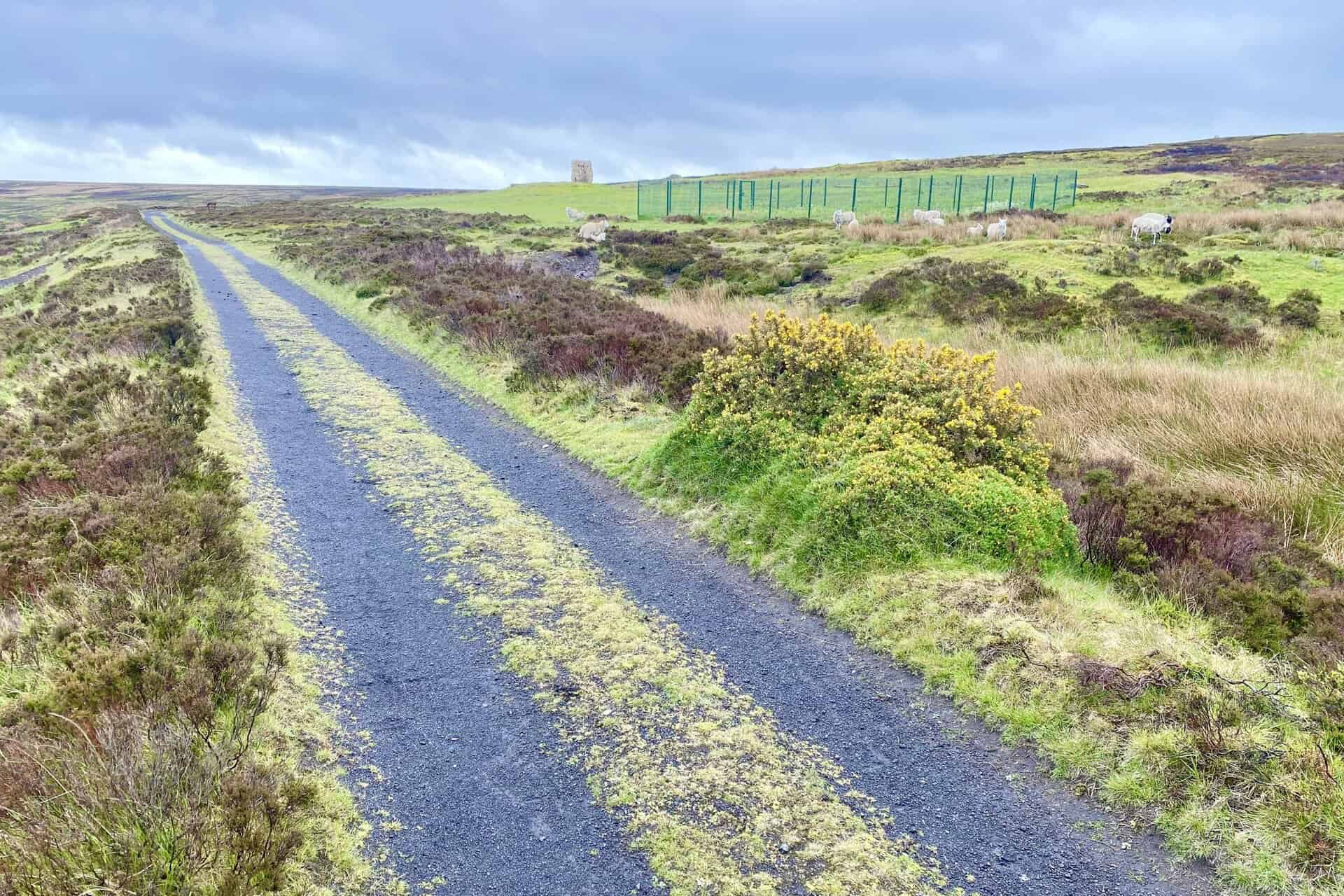
Connection to the Rosedale Railway
The Rosedale Railway played a crucial role in the revival of Sheriff’s Pit. The railway enabled the efficient transport of ironstone mined from the seam, increasing productivity and profitability for the mine.
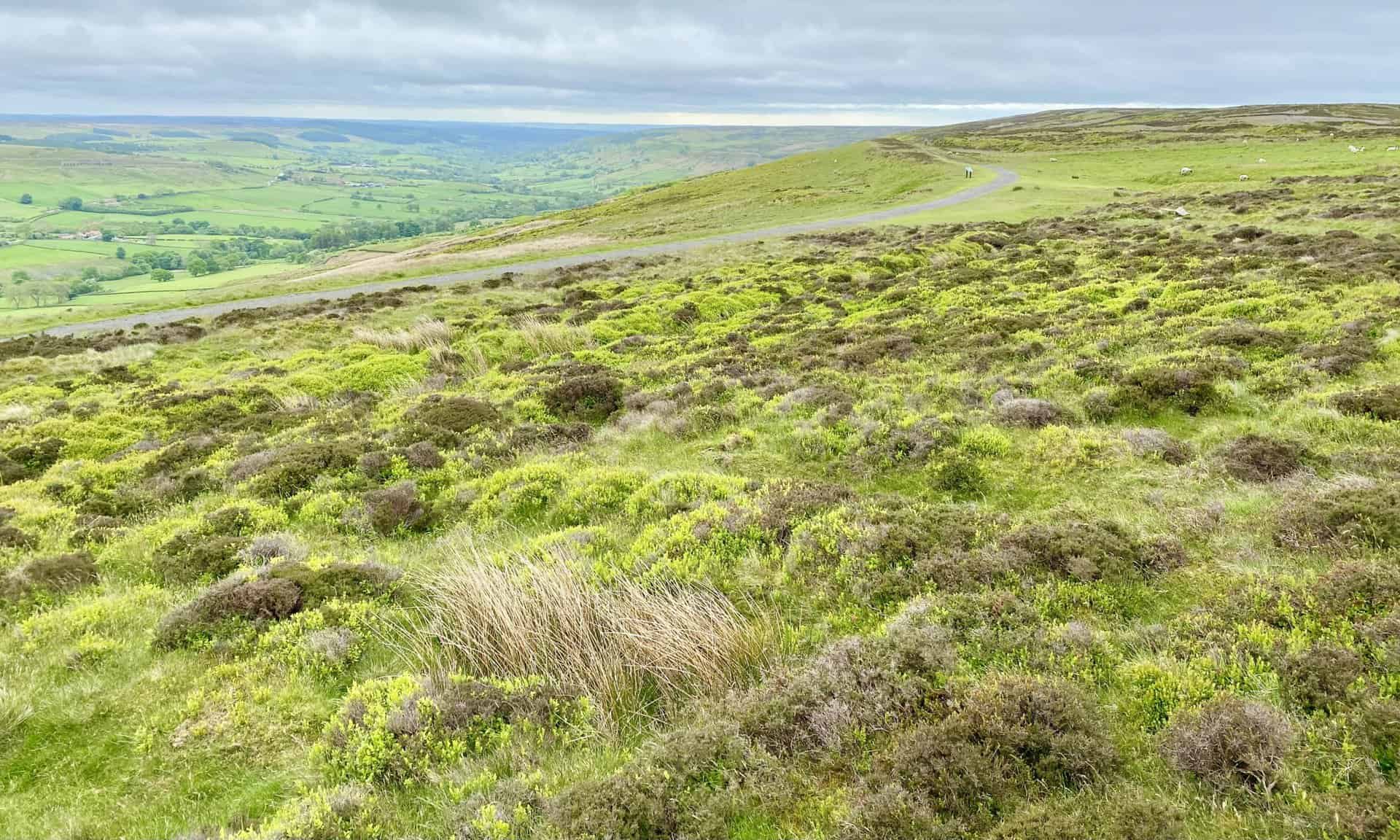
Remnants of the Mine and Manager’s House
Today, the physical remains of Sheriff’s Pit include the fenced-off mine shaft and a single surviving corner of the former mine manager’s house. These remnants are situated adjacent to the Rosedale Railway walkway.
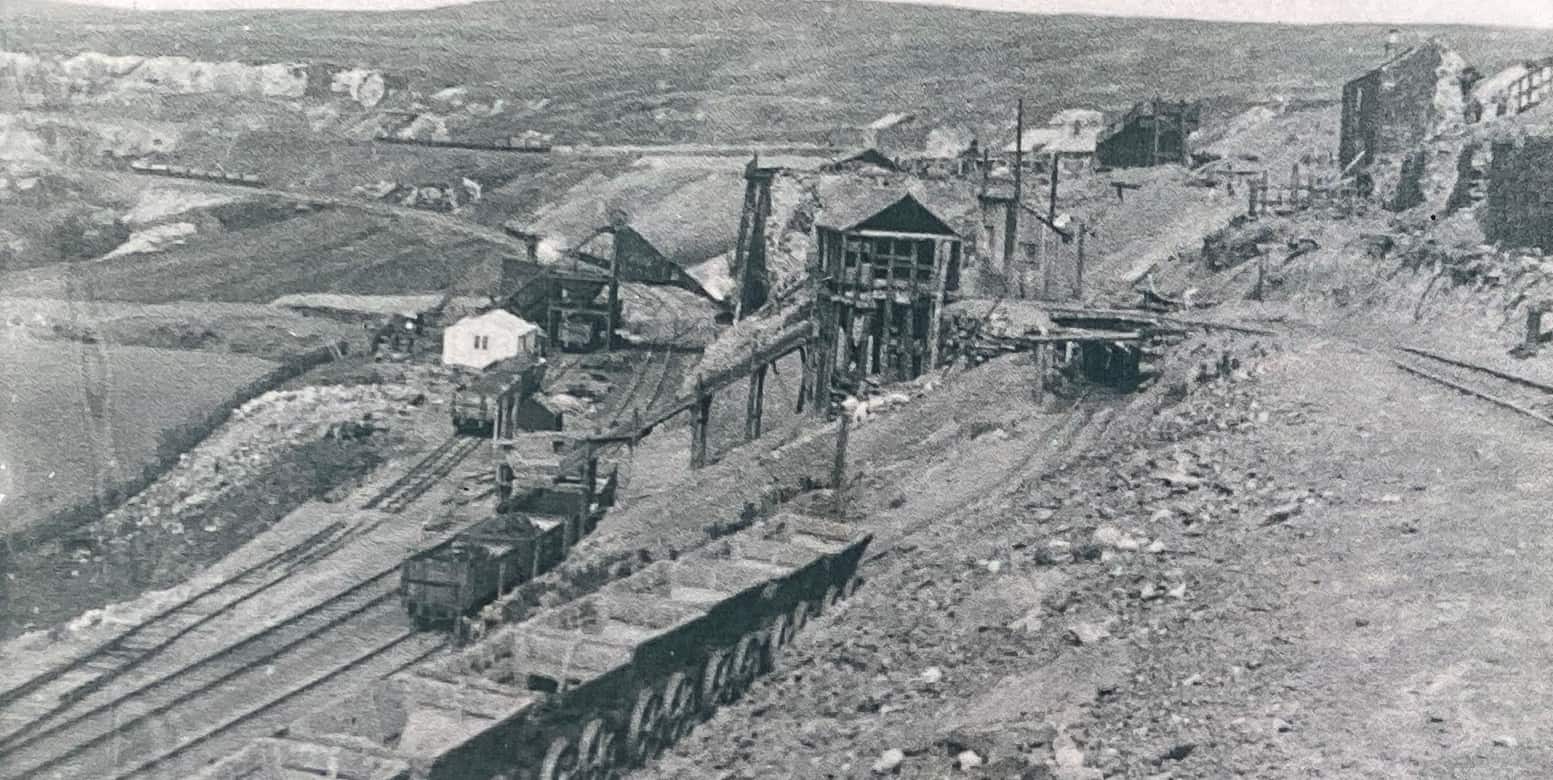
Amazon’s Top Walking Boots: Four Standout Choices for Men and Women
For walking and hiking, the right boots are essential for both comfort and safety. While Amazon boasts a wide range, certain boots emerge as top-sellers. From those, here are four I personally favour. As an Amazon affiliate, I may earn a small commission from any purchases made through the links provided. This helps support the upkeep of this website. Rest assured, you won’t pay a penny extra, but your purchase will contribute to keeping my site running smoothly. Happy walking!
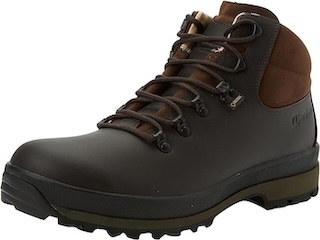
Berghaus Men’s Hillmaster II Gore-Tex Walking Boots
These fully waterproof leather walking boots feature a Gore-Tex lining, ensuring no water enters whilst allowing feet to breathe and stay cool. Made from full-grain leather, they promise unmatched durability and comfort. The boots come with memory foam tongues and cuffs that mould to your feet for a tailored fit, and the Vibram Hillmaster outsoles offer confidence on challenging terrains.
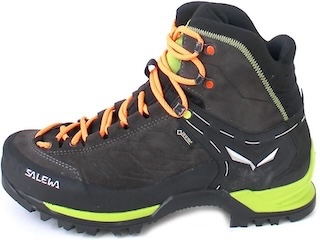
Salewa Men’s Mountain Trainer Mid Gore-Tex Walking Boots
Made from durable suede and abrasion-resistant textile, these men’s hiking boots are both lightweight and sturdy. The upper material is enhanced by a 360° full rubber sheath. Their dual-layer midsole with Bilight technology ensures ergonomic cushioning and grip, especially on extended hikes. The Vibram Wrapping Thread Combi outsoles allow a natural walking feel, and the Gore-Tex lining provides waterproofing, breathability, and optimal weather protection. Furthermore, the patented Salewa 3F system ensures flexibility, a secure heel grip, and a blister-free fit.
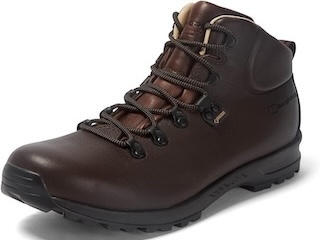
Berghaus Women’s Supalite II Gore-Tex Walking Boots
Specially designed for women, these hiking boots offer waterproofing and breathability, thanks to their Gore-Tex lining. Crafted from full-grain abrasion-resistant leather, they’re durable enough for the toughest hikes. The Supalite soles ensure stability and traction, and the EVA midsoles add comfort for extended walks.

Merrell Women’s Moab 3 Mid Gore-Tex Walking Boots
These hiking boots incorporate a Gore-Tex waterproof membrane, blending breathability with superior waterproof performance. The combination of pigskin leather and mesh on the uppers, along with the suede outer material, ensure durability and style. Enhancements include 100% recycled laces, webbing, and mesh lining. Additionally, bellows tongues, protective toe caps, and Vibram TC5+ rubber soles ensure protection and ease on any terrain.